By InvestMacro
Here are the latest charts and statistics for the Commitment of Traders (COT) data published by the Commodities Futures Trading Commission (CFTC).
The latest COT data is updated through Tuesday April 30th and shows a quick view of how large traders (for-profit speculators and commercial entities) were positioned in the futures markets.
Weekly Speculator Changes led by Gold & Steel
The COT metals markets speculator bets were lower this week as two out of the six metals markets we cover had higher positioning while the other four markets had lower speculator contracts.
Leading the gains for the metals was Gold (1,319 contracts) with Steel (1,136 contracts) also recording a positive contract week.
The markets with declines in speculator bets for the week were Silver (-4,846 contracts), Palladium (-1,912 contracts), Platinum (-667 contracts) and with Copper (-330 contracts) also registering lower bets on the week.
Metals Net Speculators Leaderboard
Legend: Weekly Speculators Change | Speculators Current Net Position | Speculators Strength Score compared to last 3-Years (0-100 range)
Strength Scores led by Copper & Silver
COT Strength Scores (a normalized measure of Speculator positions over a 3-Year range, from 0 to 100 where above 80 is Extreme-Bullish and below 20 is Extreme-Bearish) showed that Copper (100 percent), Silver (93 percent) and Steel (86 percent) lead the metals markets this week. Gold (68 percent) comes in as the next highest in the weekly strength scores.
On the downside, Palladium (15 percent) comes in at the lowest strength level currently and is in Extreme-Bearish territory (below 20 percent). The next lowest strength score was Platinum (36 percent).
Strength Statistics:
Gold (68.4 percent) vs Gold previous week (67.8 percent)
Silver (93.3 percent) vs Silver previous week (100.0 percent)
Copper (99.6 percent) vs Copper previous week (100.0 percent)
Platinum (36.2 percent) vs Platinum previous week (38.0 percent)
Palladium (15.0 percent) vs Palladium previous week (26.7 percent)
Steel (86.2 percent) vs Palladium previous week (81.8 percent)
Copper tops the 6-Week Strength Trends
COT Strength Score Trends (or move index, calculates the 6-week changes in strength scores) showed that Copper (28 percent) leads the past six weeks trends for metals. Silver (3 percent) is the next highest positive mover in the latest trends data.
Palladium (-6 percent) leads the downside trend scores currently with Steel (-1 percent) as the next market with lower trend scores.
Move Statistics:
Gold (1.2 percent) vs Gold previous week (0.6 percent)
Silver (2.9 percent) vs Silver previous week (25.5 percent)
Copper (27.8 percent) vs Copper previous week (56.3 percent)
Platinum (1.4 percent) vs Platinum previous week (0.1 percent)
Palladium (-6.5 percent) vs Palladium previous week (8.7 percent)
Steel (-0.5 percent) vs Steel previous week (-6.0 percent)
Individual Markets:
Gold Comex Futures:
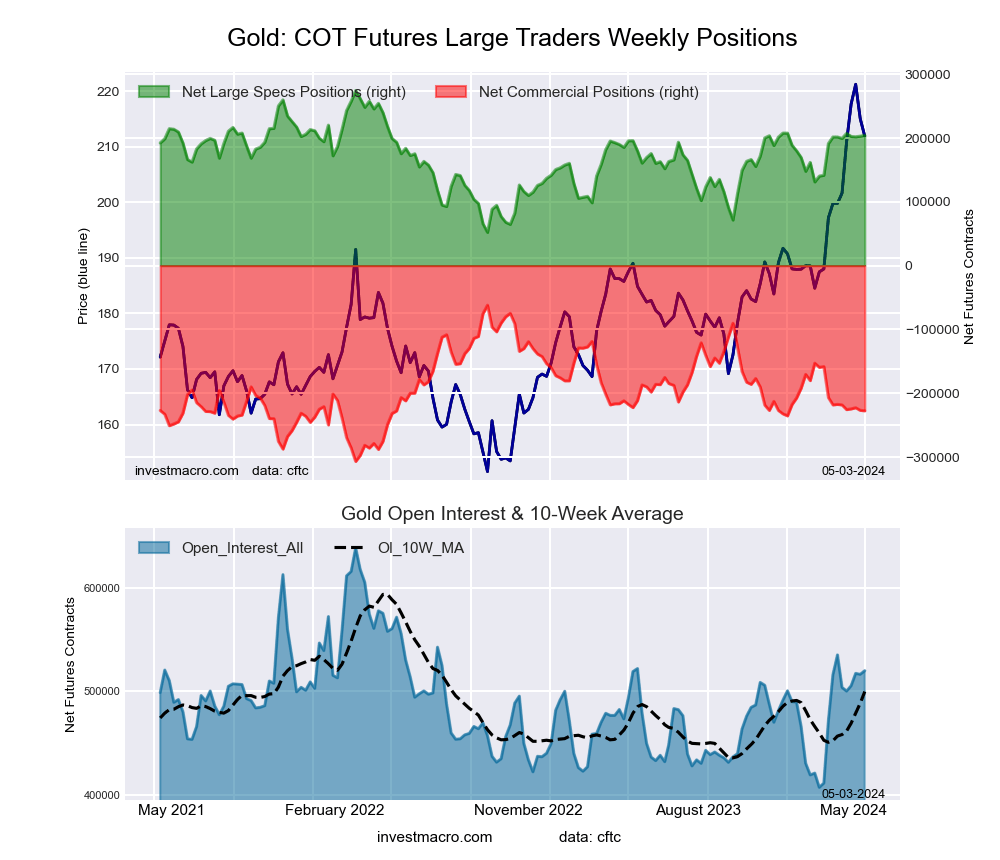 The Gold Comex Futures large speculator standing this week was a net position of 204,210 contracts in the data reported through Tuesday. This was a weekly lift of 1,319 contracts from the previous week which had a total of 202,891 net contracts.
The Gold Comex Futures large speculator standing this week was a net position of 204,210 contracts in the data reported through Tuesday. This was a weekly lift of 1,319 contracts from the previous week which had a total of 202,891 net contracts.
This week’s current strength score (the trader positioning range over the past three years, measured from 0 to 100) shows the speculators are currently Bullish with a score of 68.4 percent. The commercials are Bearish with a score of 32.5 percent and the small traders (not shown in chart) are Bearish with a score of 49.0 percent.
Price Trend-Following Model: Uptrend
Our weekly trend-following model classifies the current market price position as: Uptrend. The current action for the model is considered to be: Hold – Maintain Long Position.
| Gold Futures Statistics | SPECULATORS | COMMERCIALS | SMALL TRADERS |
| – Percent of Open Interest Longs: | 53.6 | 24.4 | 9.7 |
| – Percent of Open Interest Shorts: | 14.4 | 68.2 | 5.2 |
| – Net Position: | 204,210 | -227,498 | 23,288 |
| – Gross Longs: | 278,850 | 126,925 | 50,274 |
| – Gross Shorts: | 74,640 | 354,423 | 26,986 |
| – Long to Short Ratio: | 3.7 to 1 | 0.4 to 1 | 1.9 to 1 |
| NET POSITION TREND: | |||
| – Strength Index Score (3 Year Range Pct): | 68.4 | 32.5 | 49.0 |
| – Strength Index Reading (3 Year Range): | Bullish | Bearish | Bearish |
| NET POSITION MOVEMENT INDEX: | |||
| – 6-Week Change in Strength Index: | 1.2 | -4.1 | 23.6 |
Silver Comex Futures:
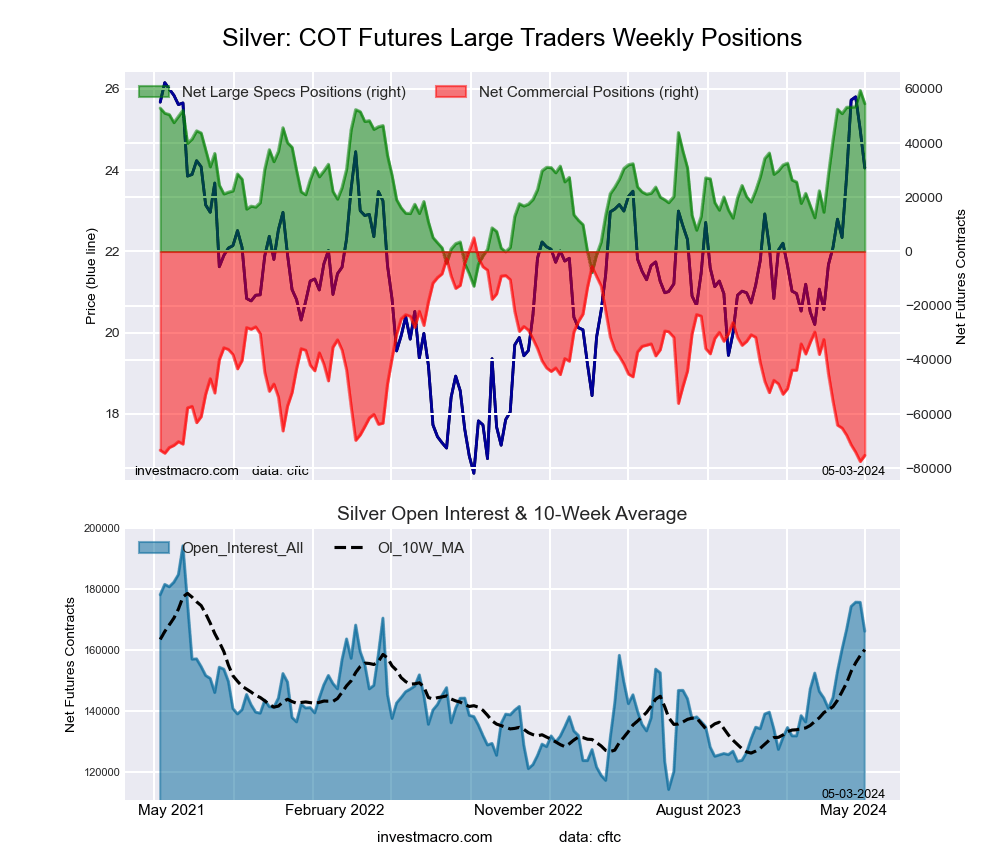 The Silver Comex Futures large speculator standing this week was a net position of 54,494 contracts in the data reported through Tuesday. This was a weekly decline of -4,846 contracts from the previous week which had a total of 59,340 net contracts.
The Silver Comex Futures large speculator standing this week was a net position of 54,494 contracts in the data reported through Tuesday. This was a weekly decline of -4,846 contracts from the previous week which had a total of 59,340 net contracts.
This week’s current strength score (the trader positioning range over the past three years, measured from 0 to 100) shows the speculators are currently Bullish-Extreme with a score of 93.3 percent. The commercials are Bearish-Extreme with a score of 2.7 percent and the small traders (not shown in chart) are Bullish-Extreme with a score of 81.7 percent.
Price Trend-Following Model: Uptrend
Our weekly trend-following model classifies the current market price position as: Uptrend. The current action for the model is considered to be: Hold – Maintain Long Position.
| Silver Futures Statistics | SPECULATORS | COMMERCIALS | SMALL TRADERS |
| – Percent of Open Interest Longs: | 50.0 | 24.5 | 19.4 |
| – Percent of Open Interest Shorts: | 17.2 | 69.7 | 7.0 |
| – Net Position: | 54,494 | -75,196 | 20,702 |
| – Gross Longs: | 83,094 | 40,745 | 32,309 |
| – Gross Shorts: | 28,600 | 115,941 | 11,607 |
| – Long to Short Ratio: | 2.9 to 1 | 0.4 to 1 | 2.8 to 1 |
| NET POSITION TREND: | |||
| – Strength Index Score (3 Year Range Pct): | 93.3 | 2.7 | 81.7 |
| – Strength Index Reading (3 Year Range): | Bullish-Extreme | Bearish-Extreme | Bullish-Extreme |
| NET POSITION MOVEMENT INDEX: | |||
| – 6-Week Change in Strength Index: | 2.9 | -13.6 | 51.1 |
Copper Grade #1 Futures:
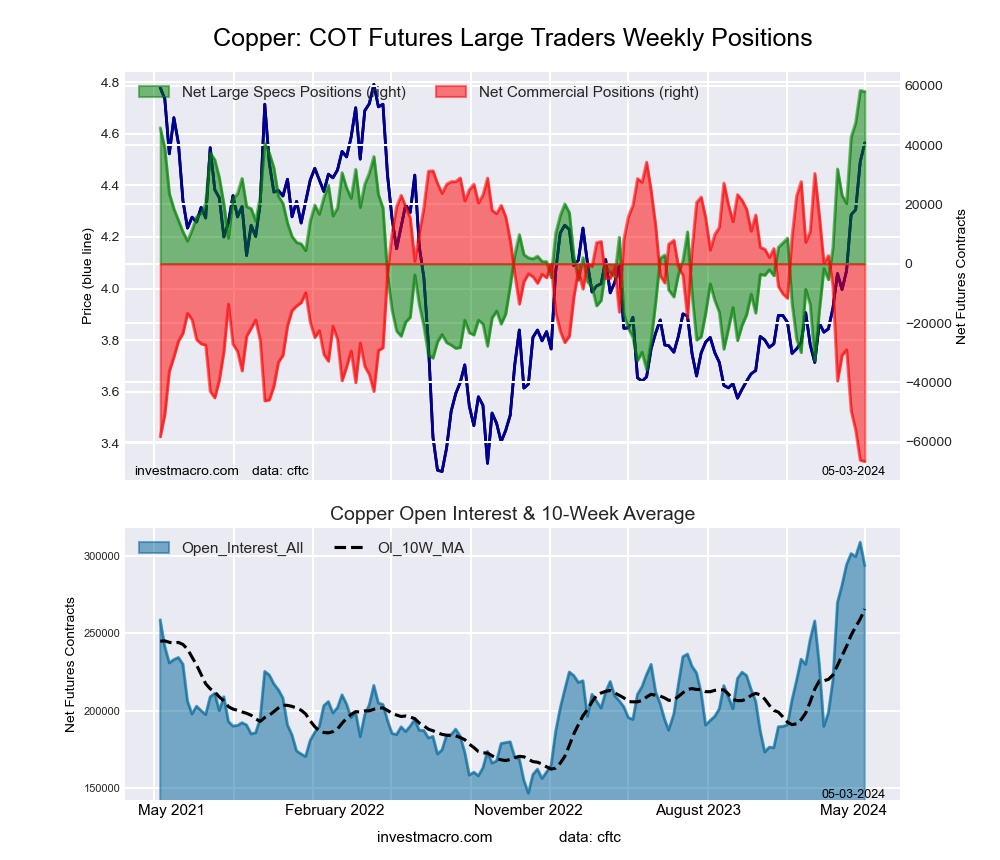 The Copper Grade #1 Futures large speculator standing this week was a net position of 58,064 contracts in the data reported through Tuesday. This was a weekly decline of -330 contracts from the previous week which had a total of 58,394 net contracts.
The Copper Grade #1 Futures large speculator standing this week was a net position of 58,064 contracts in the data reported through Tuesday. This was a weekly decline of -330 contracts from the previous week which had a total of 58,394 net contracts.
This week’s current strength score (the trader positioning range over the past three years, measured from 0 to 100) shows the speculators are currently Bullish-Extreme with a score of 99.6 percent. The commercials are Bearish-Extreme with a score of 0.0 percent and the small traders (not shown in chart) are Bullish with a score of 72.6 percent.
Price Trend-Following Model: Strong Uptrend
Our weekly trend-following model classifies the current market price position as: Strong Uptrend. The current action for the model is considered to be: Hold – Maintain Long Position.
| Copper Futures Statistics | SPECULATORS | COMMERCIALS | SMALL TRADERS |
| – Percent of Open Interest Longs: | 52.1 | 22.5 | 7.9 |
| – Percent of Open Interest Shorts: | 32.3 | 45.2 | 5.0 |
| – Net Position: | 58,064 | -66,642 | 8,578 |
| – Gross Longs: | 152,807 | 66,105 | 23,247 |
| – Gross Shorts: | 94,743 | 132,747 | 14,669 |
| – Long to Short Ratio: | 1.6 to 1 | 0.5 to 1 | 1.6 to 1 |
| NET POSITION TREND: | |||
| – Strength Index Score (3 Year Range Pct): | 99.6 | 0.0 | 72.6 |
| – Strength Index Reading (3 Year Range): | Bullish-Extreme | Bearish-Extreme | Bullish |
| NET POSITION MOVEMENT INDEX: | |||
| – 6-Week Change in Strength Index: | 27.8 | -26.9 | 6.3 |
Platinum Futures:
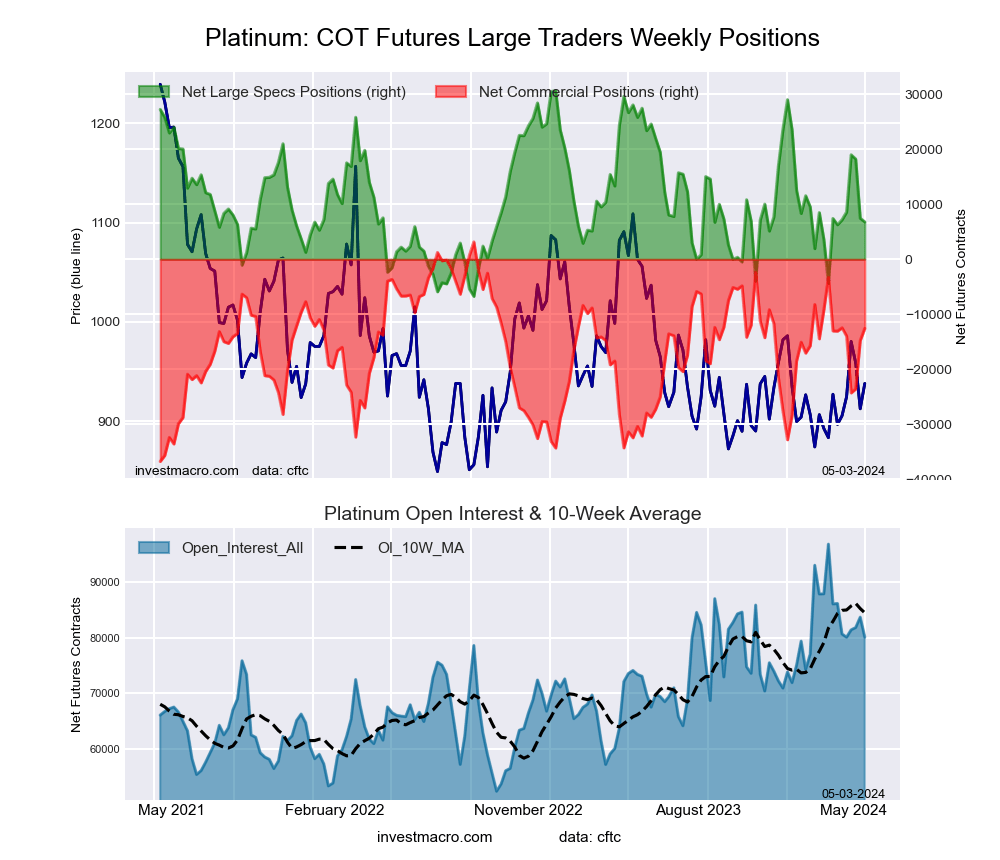 The Platinum Futures large speculator standing this week was a net position of 6,797 contracts in the data reported through Tuesday. This was a weekly lowering of -667 contracts from the previous week which had a total of 7,464 net contracts.
The Platinum Futures large speculator standing this week was a net position of 6,797 contracts in the data reported through Tuesday. This was a weekly lowering of -667 contracts from the previous week which had a total of 7,464 net contracts.
This week’s current strength score (the trader positioning range over the past three years, measured from 0 to 100) shows the speculators are currently Bearish with a score of 36.2 percent. The commercials are Bullish with a score of 60.6 percent and the small traders (not shown in chart) are Bearish with a score of 45.3 percent.
Price Trend-Following Model: Weak Downtrend
Our weekly trend-following model classifies the current market price position as: Weak Downtrend. The current action for the model is considered to be: Hold – Maintain Short Position.
| Platinum Futures Statistics | SPECULATORS | COMMERCIALS | SMALL TRADERS |
| – Percent of Open Interest Longs: | 53.1 | 25.6 | 11.4 |
| – Percent of Open Interest Shorts: | 44.6 | 41.3 | 4.2 |
| – Net Position: | 6,797 | -12,570 | 5,773 |
| – Gross Longs: | 42,532 | 20,552 | 9,143 |
| – Gross Shorts: | 35,735 | 33,122 | 3,370 |
| – Long to Short Ratio: | 1.2 to 1 | 0.6 to 1 | 2.7 to 1 |
| NET POSITION TREND: | |||
| – Strength Index Score (3 Year Range Pct): | 36.2 | 60.6 | 45.3 |
| – Strength Index Reading (3 Year Range): | Bearish | Bullish | Bearish |
| NET POSITION MOVEMENT INDEX: | |||
| – 6-Week Change in Strength Index: | 1.4 | 1.3 | -13.6 |
Palladium Futures:
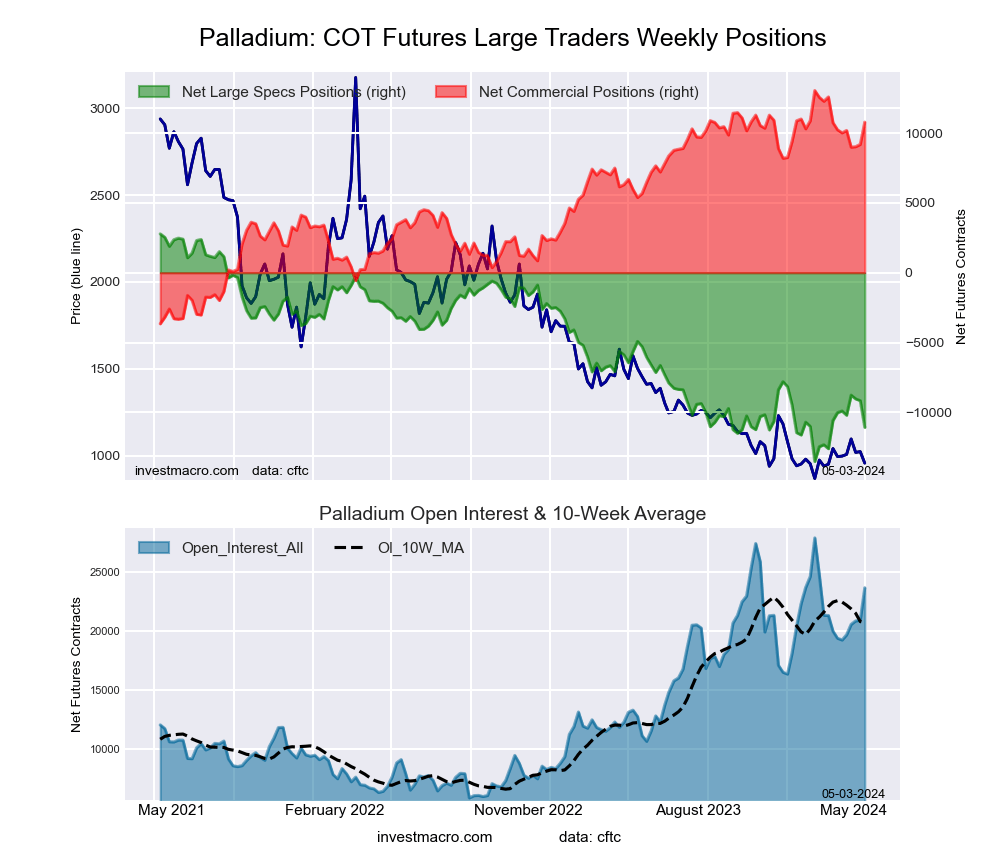 The Palladium Futures large speculator standing this week was a net position of -11,070 contracts in the data reported through Tuesday. This was a weekly decline of -1,912 contracts from the previous week which had a total of -9,158 net contracts.
The Palladium Futures large speculator standing this week was a net position of -11,070 contracts in the data reported through Tuesday. This was a weekly decline of -1,912 contracts from the previous week which had a total of -9,158 net contracts.
This week’s current strength score (the trader positioning range over the past three years, measured from 0 to 100) shows the speculators are currently Bearish-Extreme with a score of 15.0 percent. The commercials are Bullish-Extreme with a score of 86.5 percent and the small traders (not shown in chart) are Bullish with a score of 59.1 percent.
Price Trend-Following Model: Strong Downtrend
Our weekly trend-following model classifies the current market price position as: Strong Downtrend. The current action for the model is considered to be: Hold – Maintain Short Position.
| Palladium Futures Statistics | SPECULATORS | COMMERCIALS | SMALL TRADERS |
| – Percent of Open Interest Longs: | 23.0 | 56.2 | 8.5 |
| – Percent of Open Interest Shorts: | 69.8 | 10.6 | 7.3 |
| – Net Position: | -11,070 | 10,780 | 290 |
| – Gross Longs: | 5,433 | 13,294 | 2,011 |
| – Gross Shorts: | 16,503 | 2,514 | 1,721 |
| – Long to Short Ratio: | 0.3 to 1 | 5.3 to 1 | 1.2 to 1 |
| NET POSITION TREND: | |||
| – Strength Index Score (3 Year Range Pct): | 15.0 | 86.5 | 59.1 |
| – Strength Index Reading (3 Year Range): | Bearish-Extreme | Bullish-Extreme | Bullish |
| NET POSITION MOVEMENT INDEX: | |||
| – 6-Week Change in Strength Index: | -6.5 | 3.3 | 30.3 |
Steel Futures Futures:
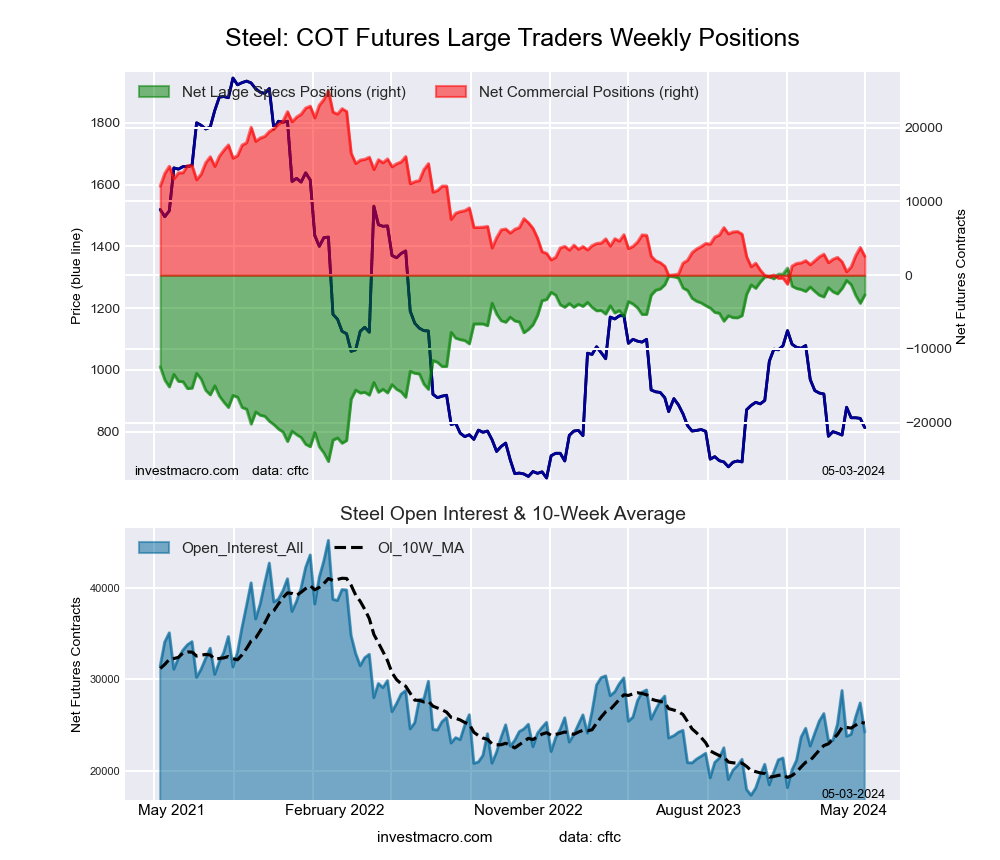 The Steel Futures large speculator standing this week was a net position of -2,663 contracts in the data reported through Tuesday. This was a weekly increase of 1,136 contracts from the previous week which had a total of -3,799 net contracts.
The Steel Futures large speculator standing this week was a net position of -2,663 contracts in the data reported through Tuesday. This was a weekly increase of 1,136 contracts from the previous week which had a total of -3,799 net contracts.
This week’s current strength score (the trader positioning range over the past three years, measured from 0 to 100) shows the speculators are currently Bullish-Extreme with a score of 86.2 percent. The commercials are Bearish-Extreme with a score of 14.4 percent and the small traders (not shown in chart) are Bearish with a score of 42.5 percent.
Price Trend-Following Model: Downtrend
Our weekly trend-following model classifies the current market price position as: Downtrend. The current action for the model is considered to be: Hold – Maintain Short Position.
| Steel Futures Statistics | SPECULATORS | COMMERCIALS | SMALL TRADERS |
| – Percent of Open Interest Longs: | 15.0 | 80.3 | 1.5 |
| – Percent of Open Interest Shorts: | 25.9 | 69.7 | 1.1 |
| – Net Position: | -2,663 | 2,571 | 92 |
| – Gross Longs: | 3,629 | 19,477 | 357 |
| – Gross Shorts: | 6,292 | 16,906 | 265 |
| – Long to Short Ratio: | 0.6 to 1 | 1.2 to 1 | 1.3 to 1 |
| NET POSITION TREND: | |||
| – Strength Index Score (3 Year Range Pct): | 86.2 | 14.4 | 42.5 |
| – Strength Index Reading (3 Year Range): | Bullish-Extreme | Bearish-Extreme | Bearish |
| NET POSITION MOVEMENT INDEX: | |||
| – 6-Week Change in Strength Index: | -0.5 | 0.6 | -1.9 |
Article By InvestMacro – Receive our weekly COT Newsletter
*COT Report: The COT data, released weekly to the public each Friday, is updated through the most recent Tuesday (data is 3 days old) and shows a quick view of how large speculators or non-commercials (for-profit traders) were positioned in the futures markets.
The CFTC categorizes trader positions according to commercial hedgers (traders who use futures contracts for hedging as part of the business), non-commercials (large traders who speculate to realize trading profits) and nonreportable traders (usually small traders/speculators) as well as their open interest (contracts open in the market at time of reporting). See CFTC criteria here.

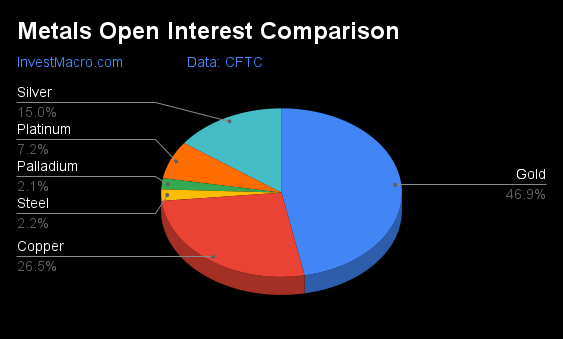


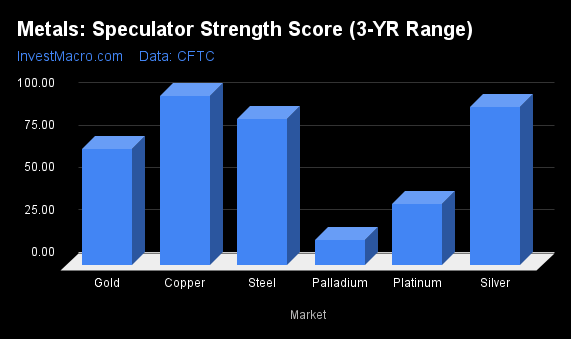
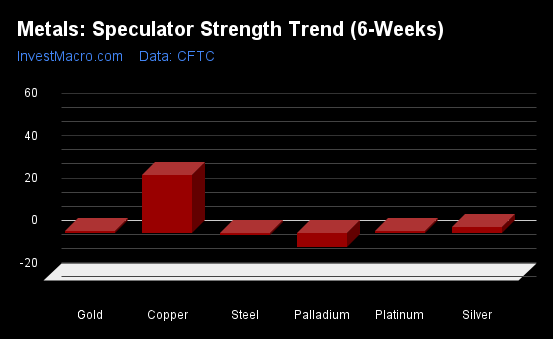


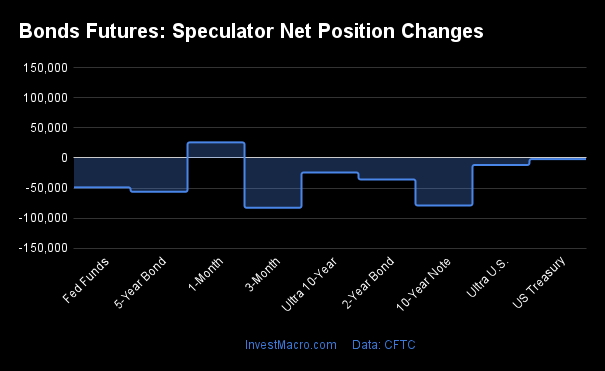
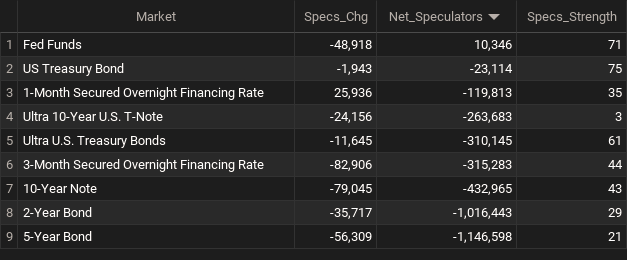
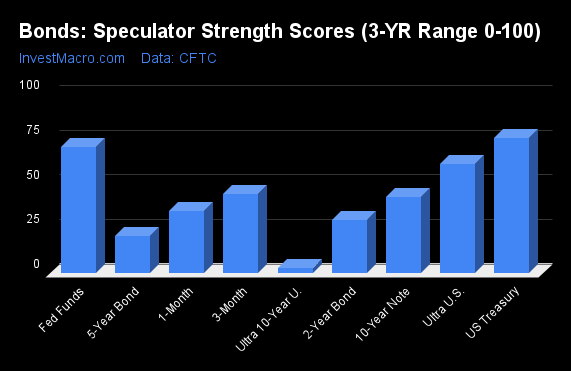
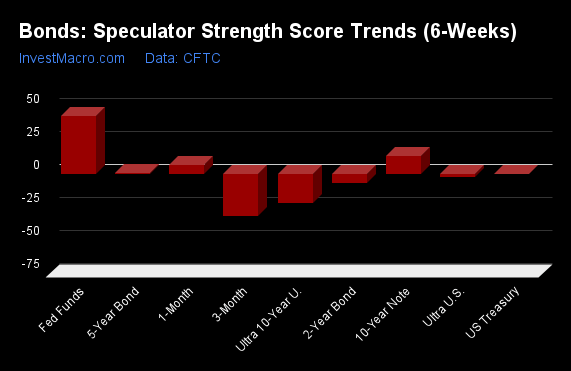
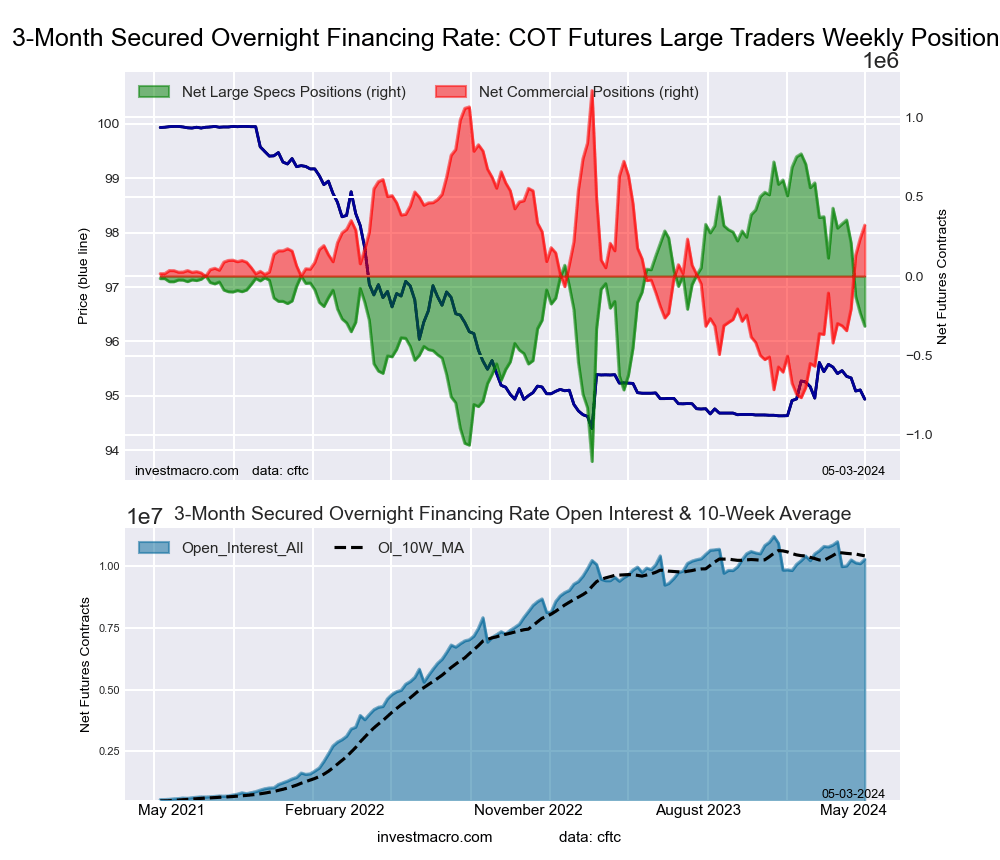
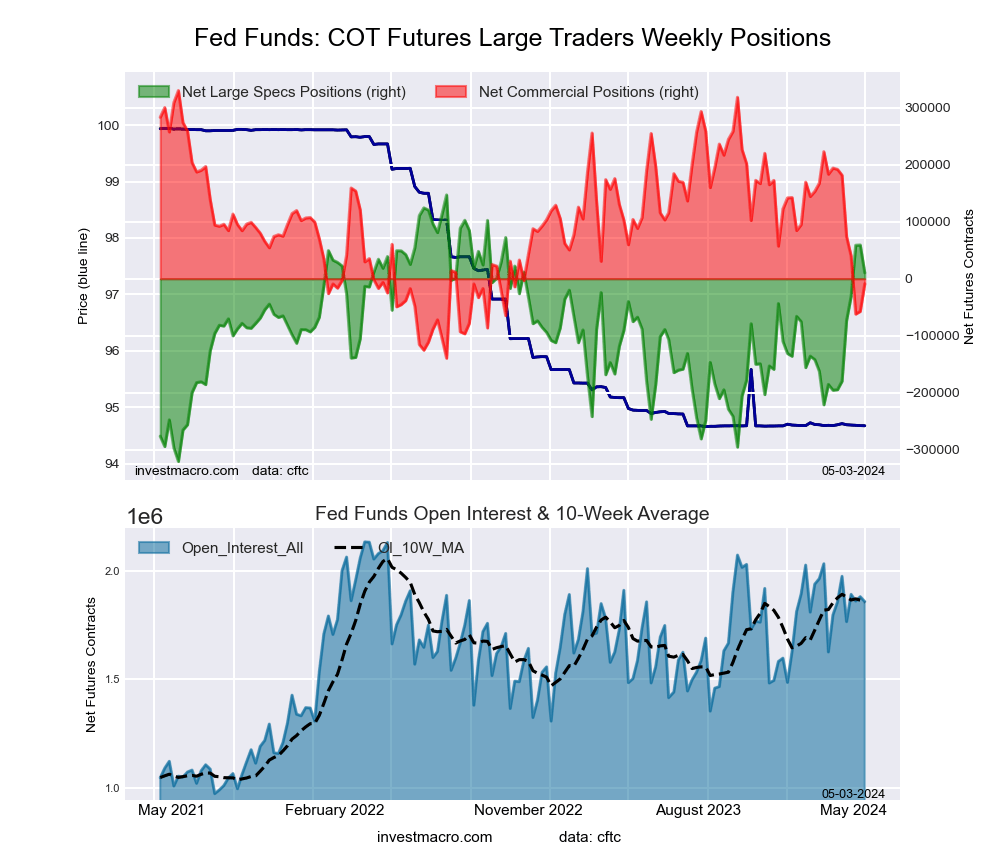
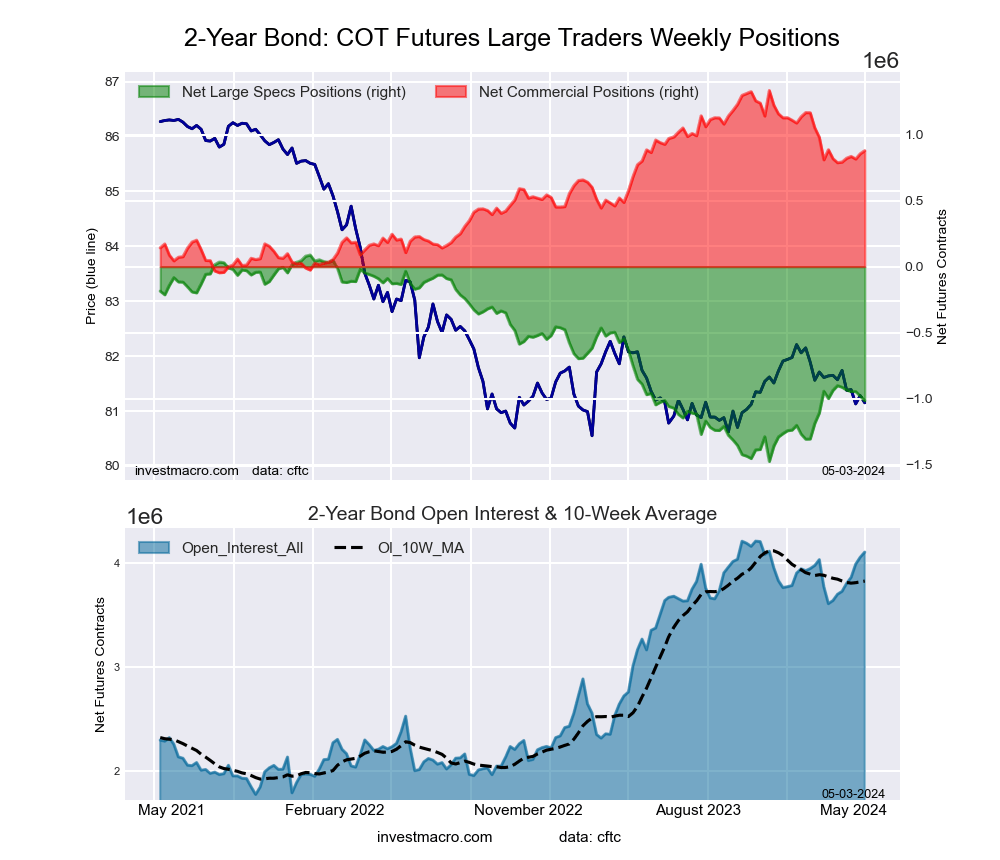
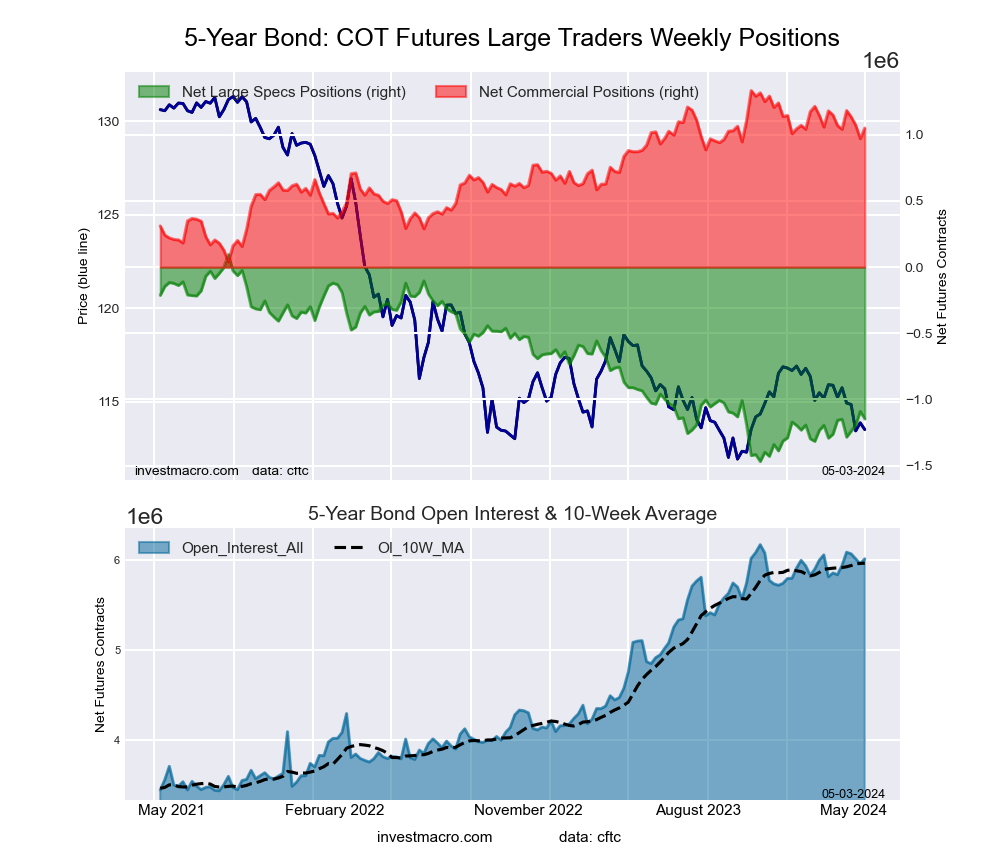
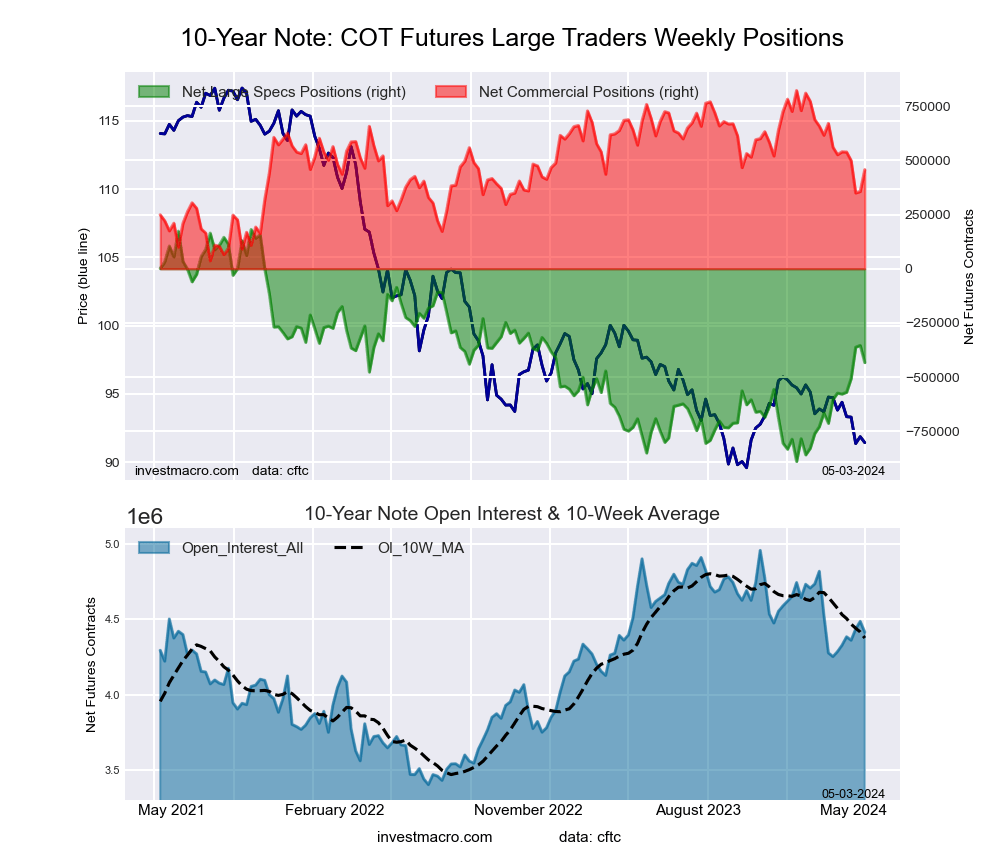
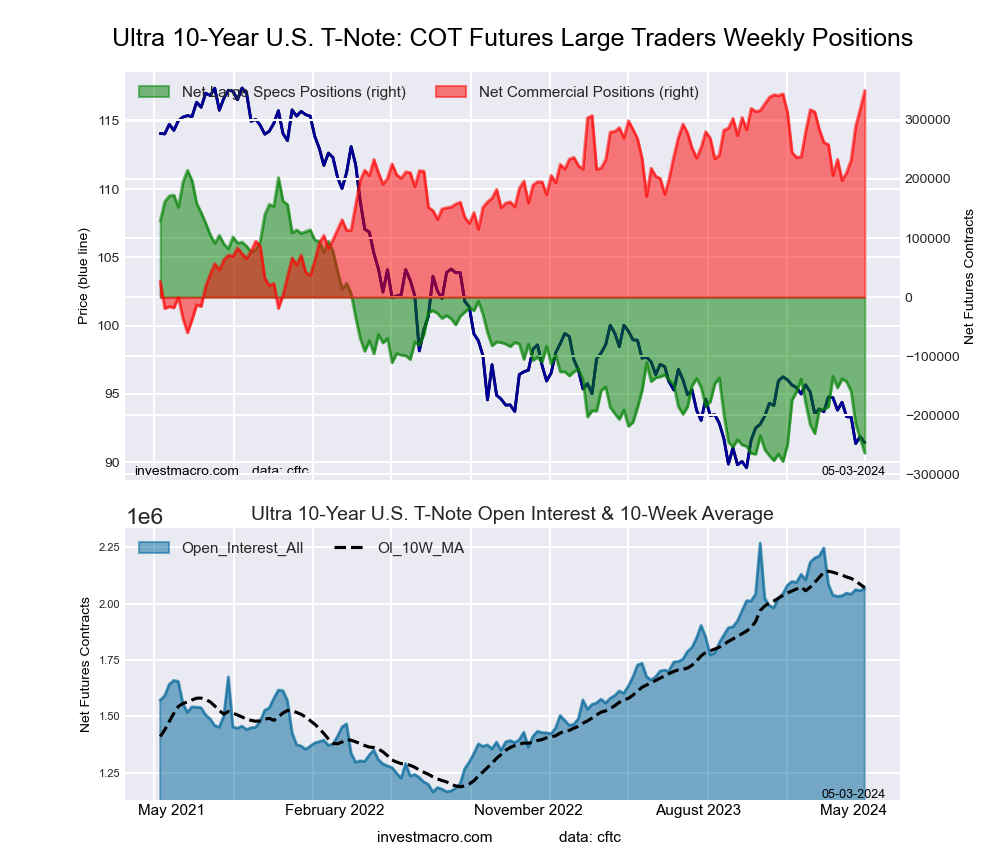
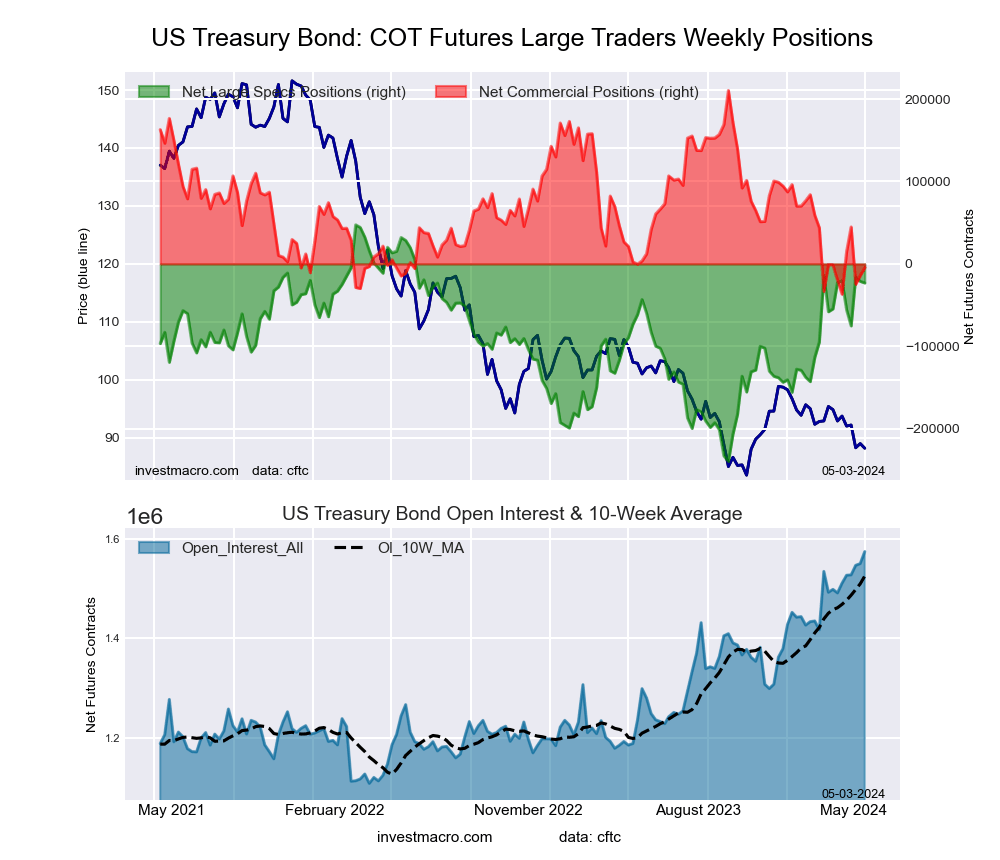
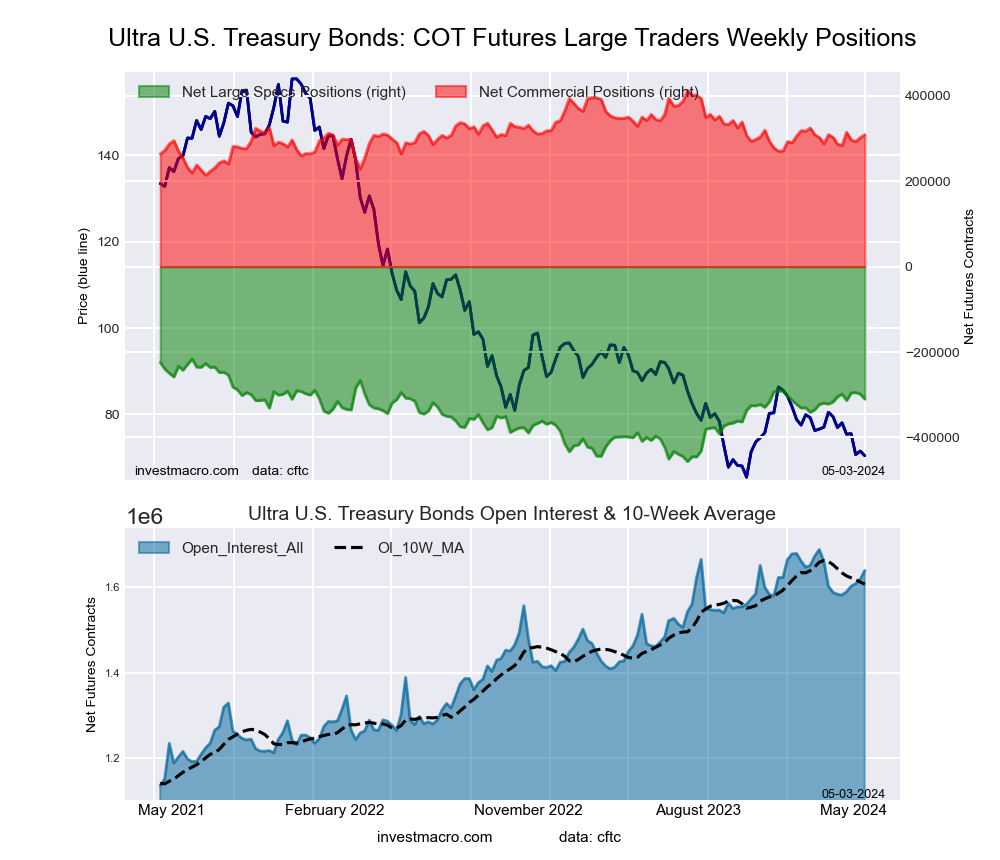

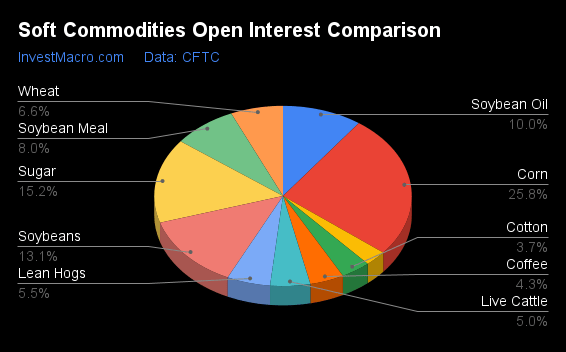
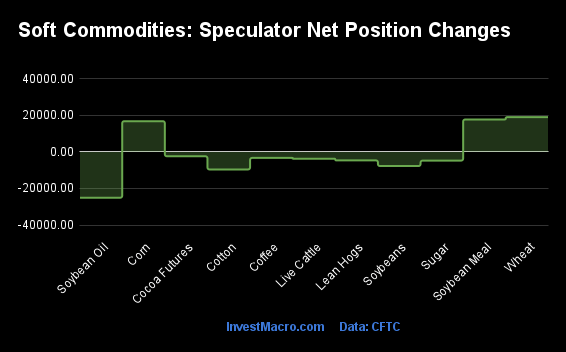
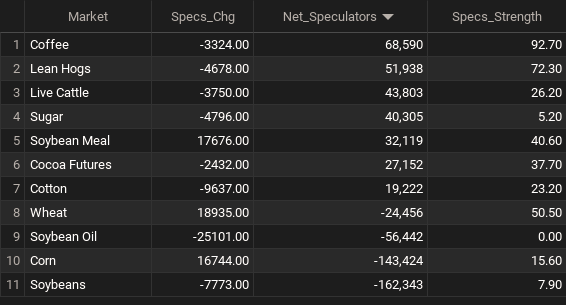
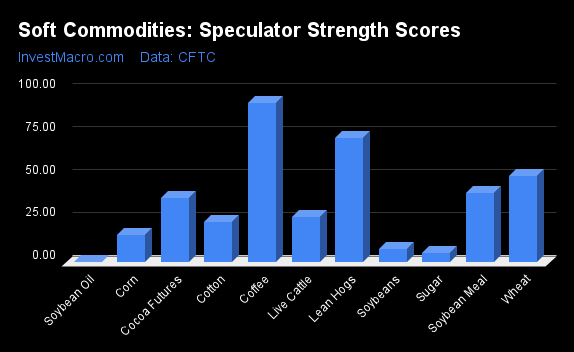
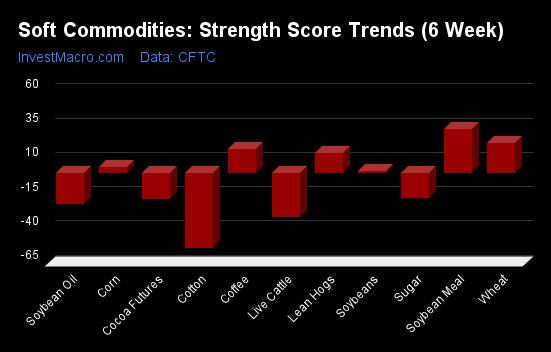
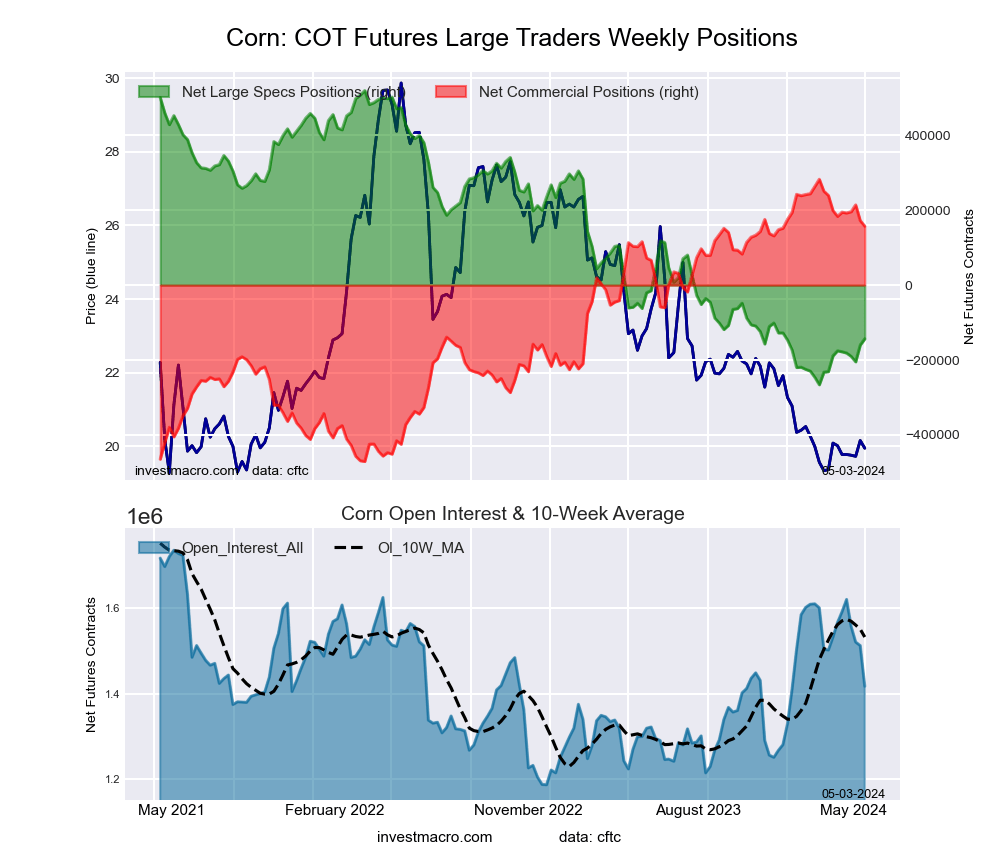
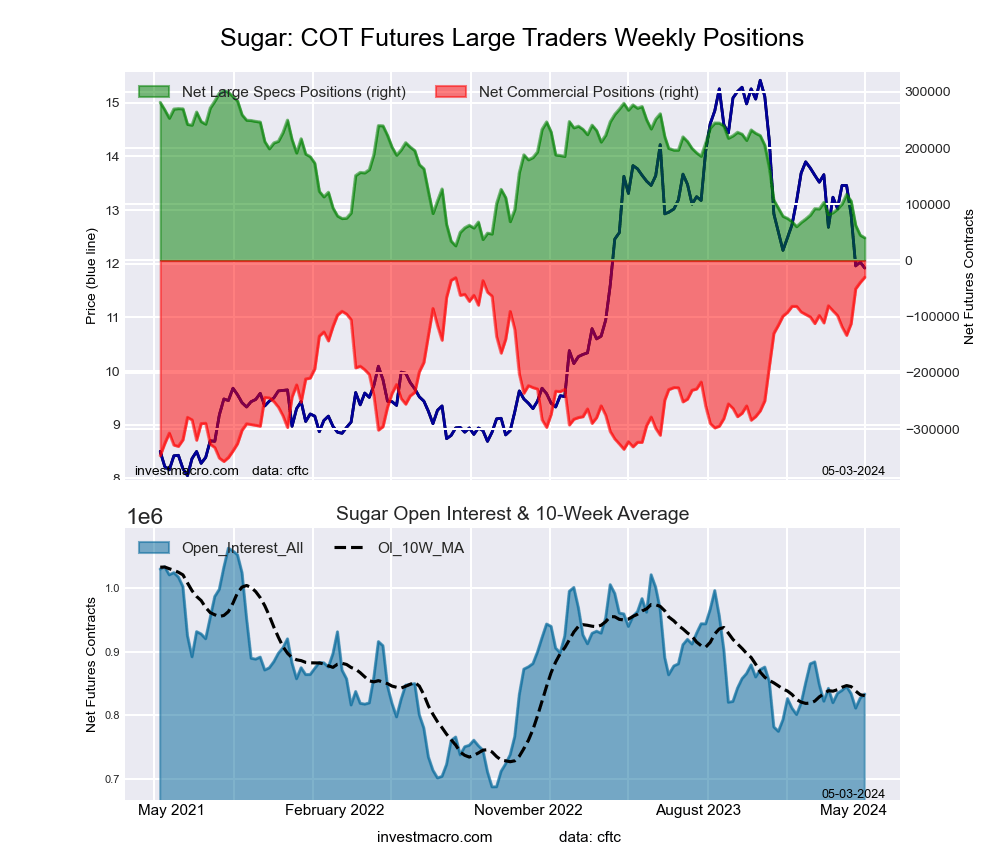

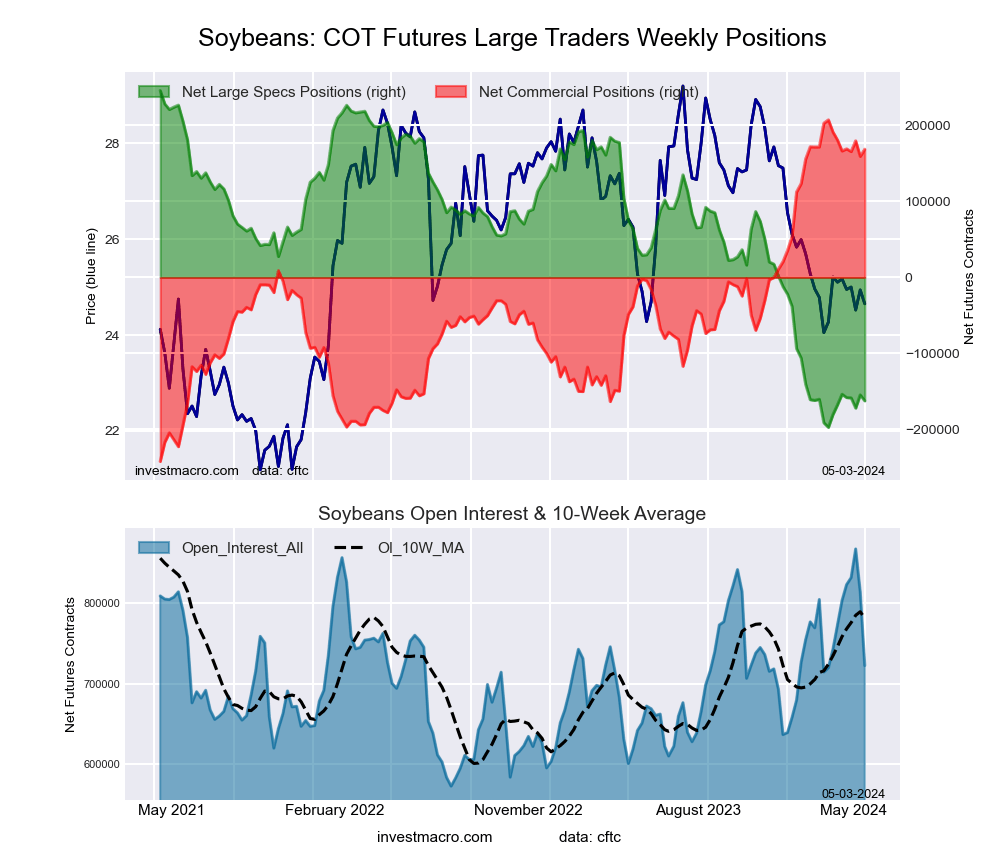
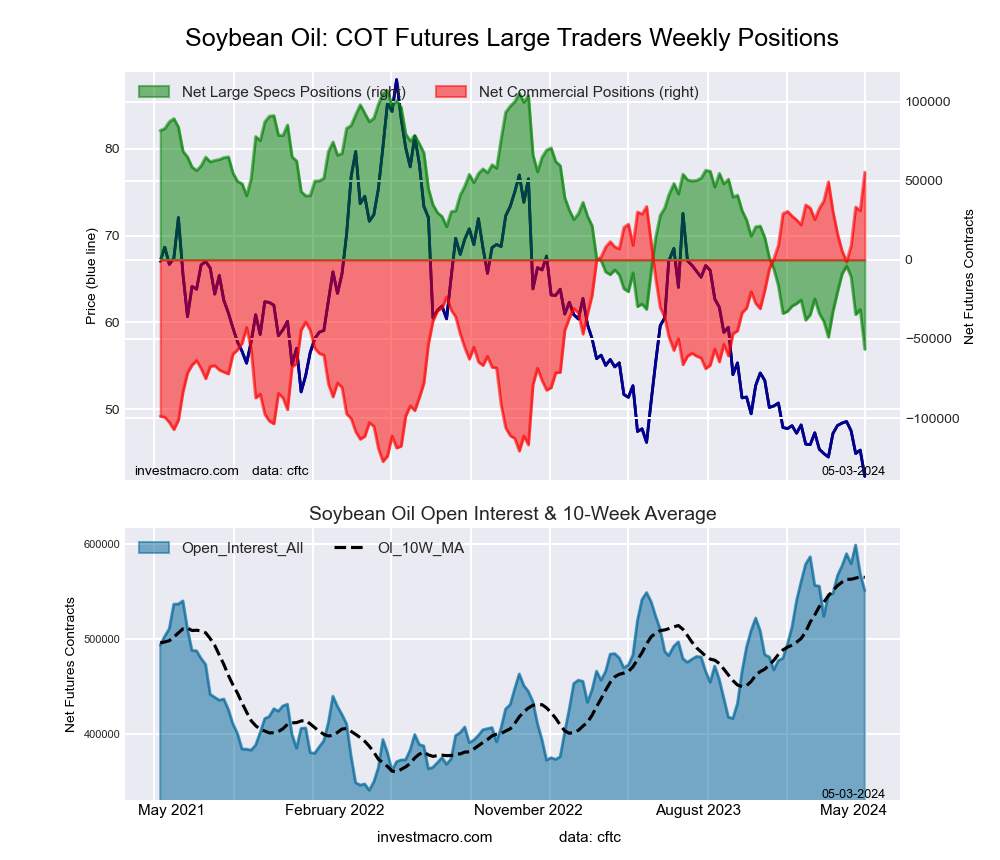
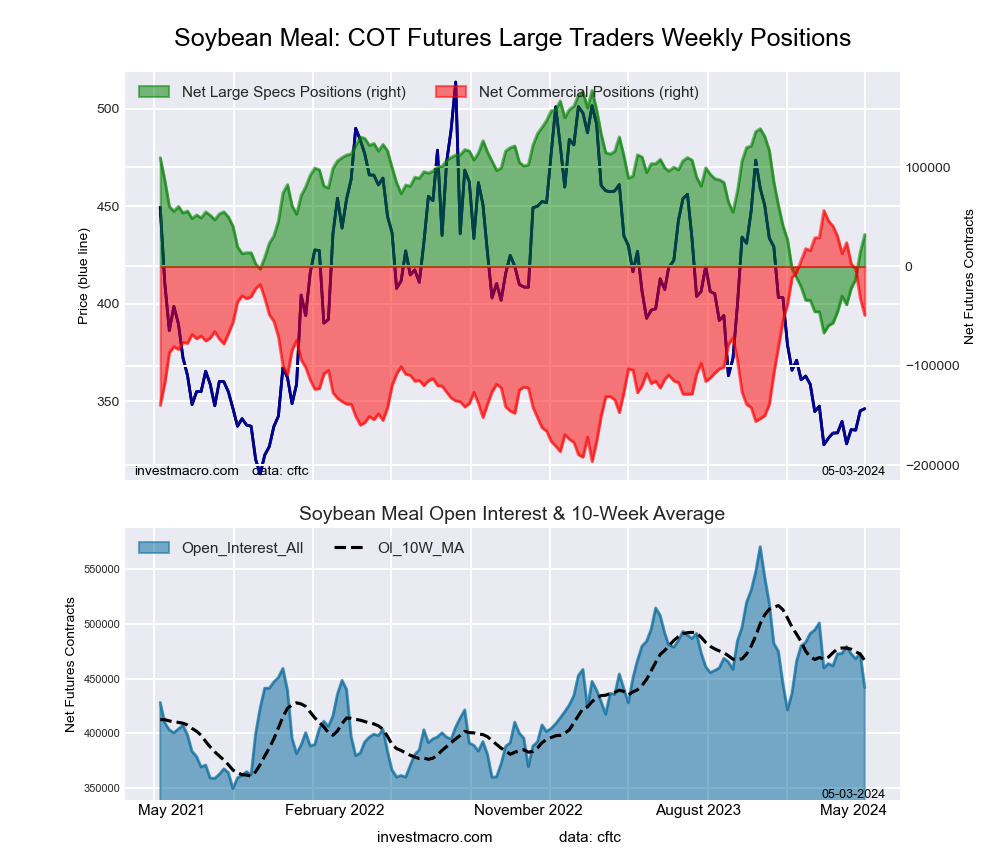
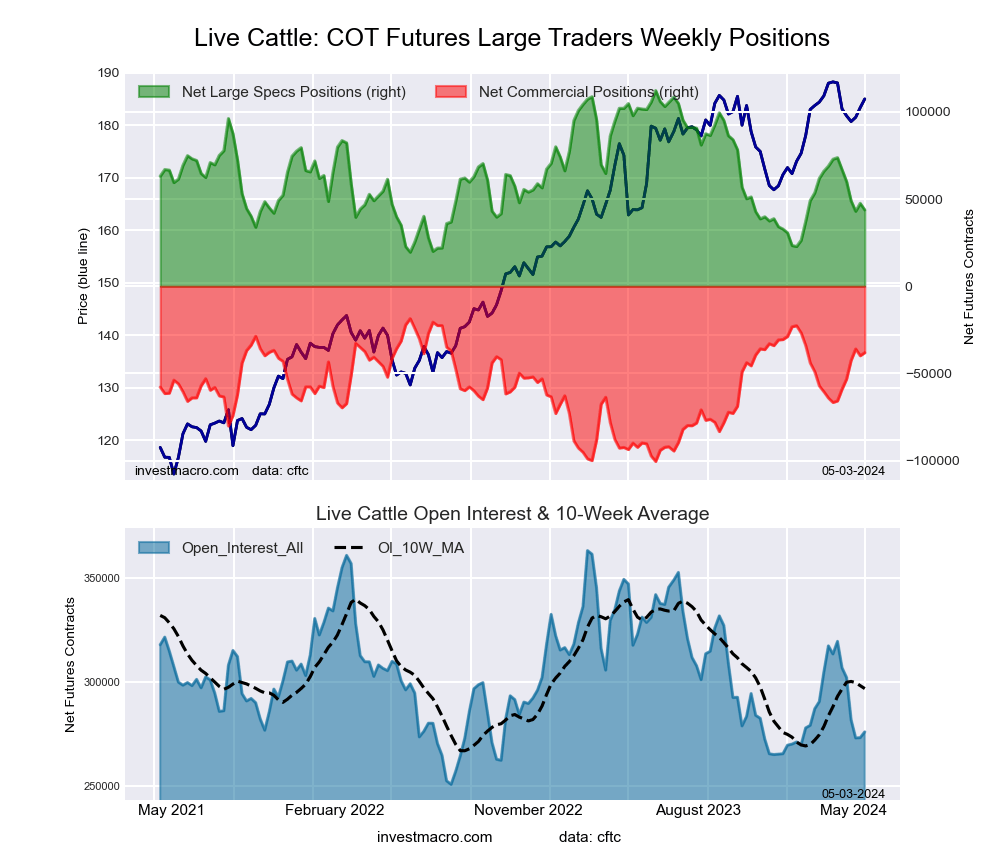
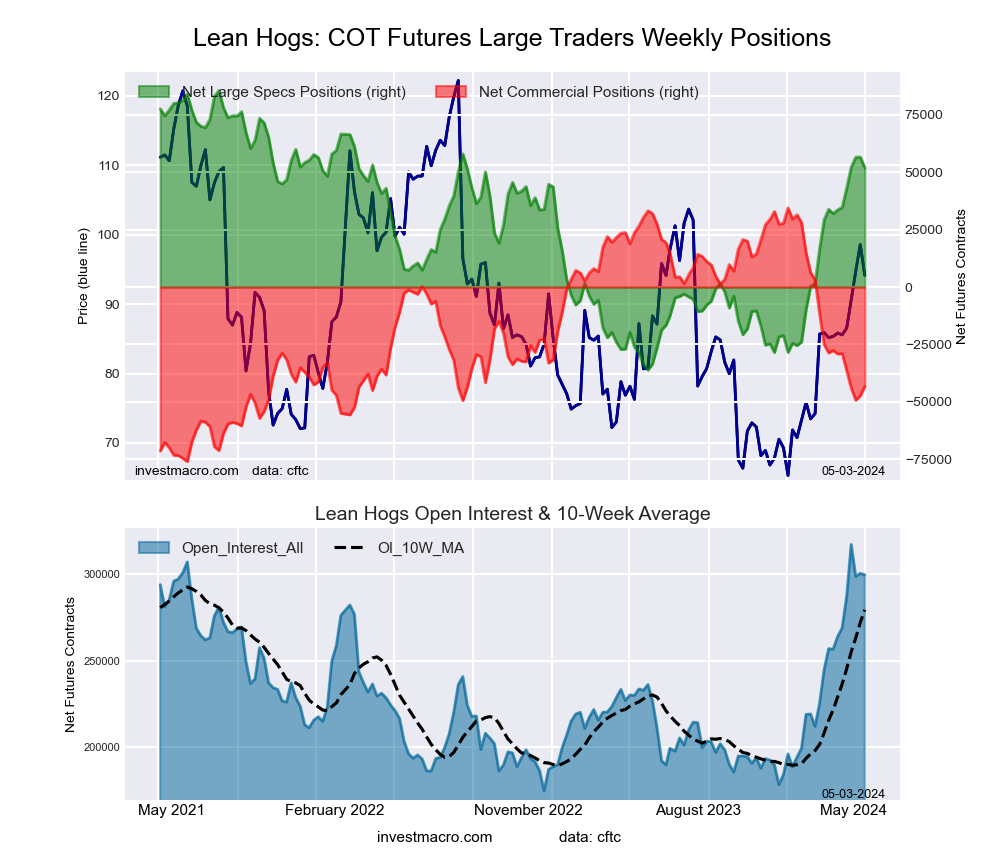
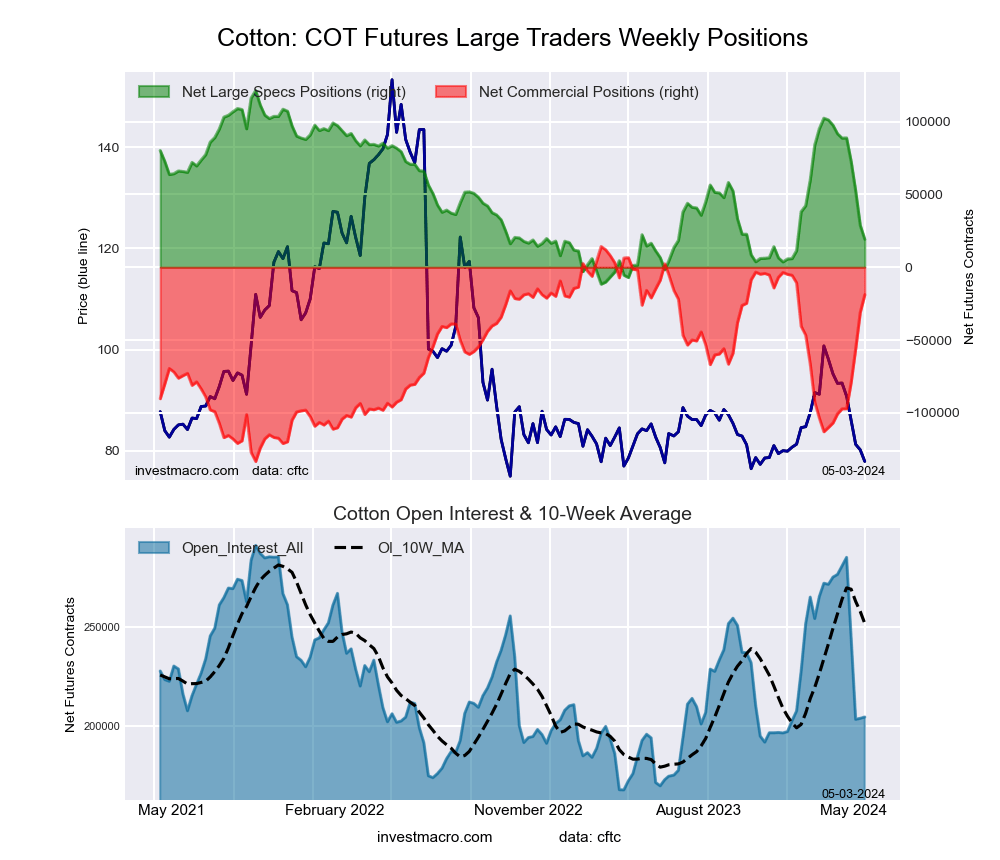
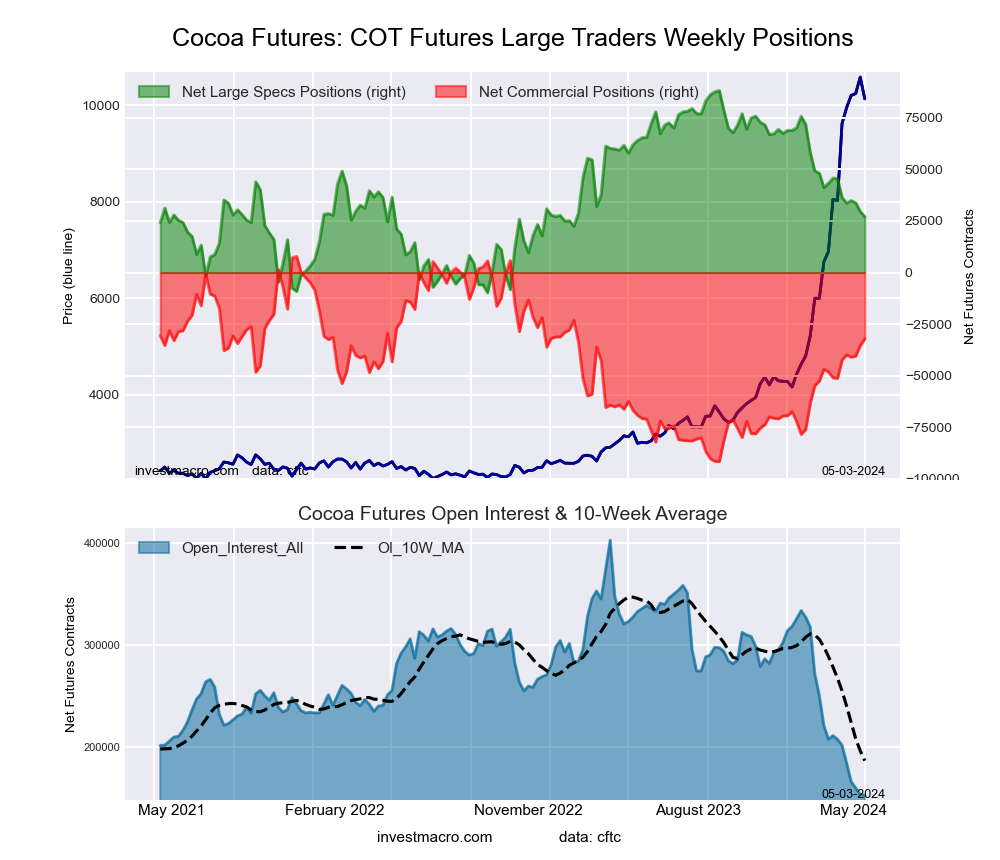
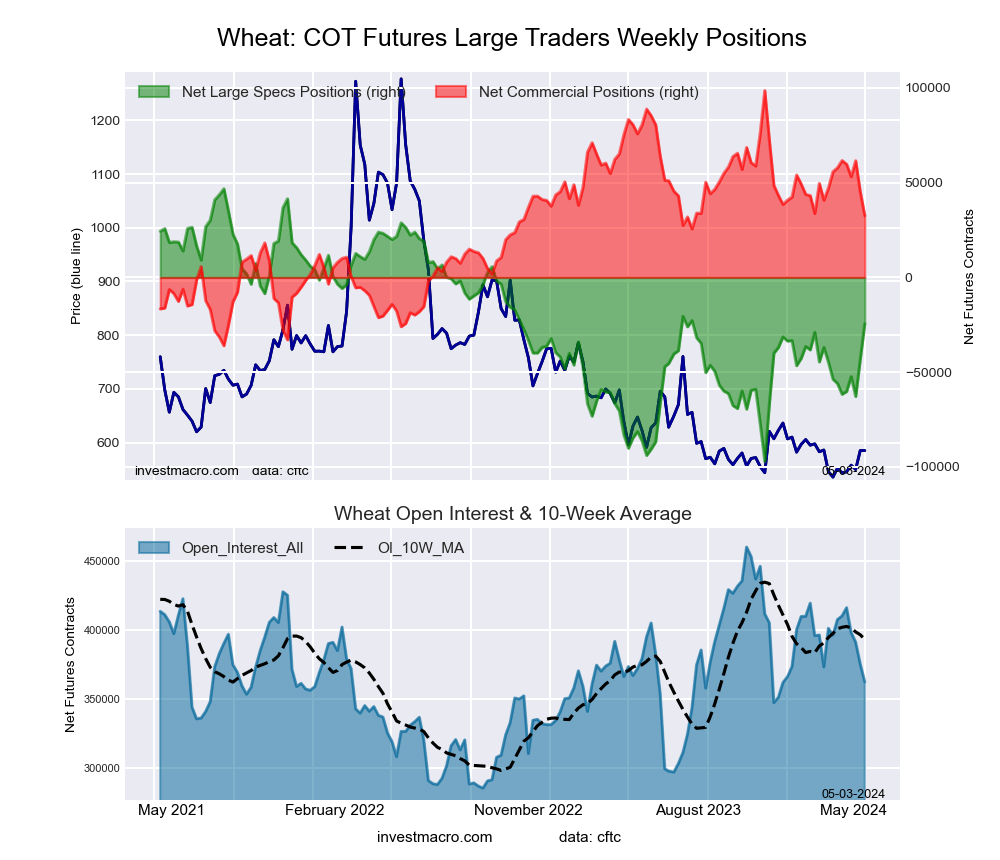

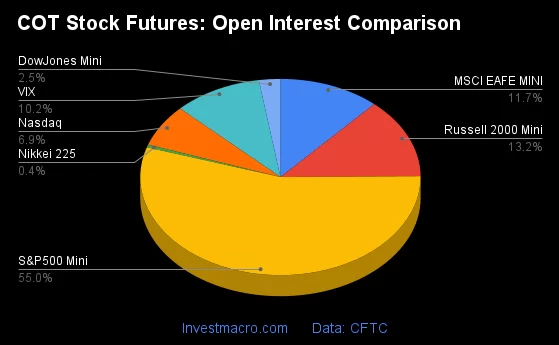
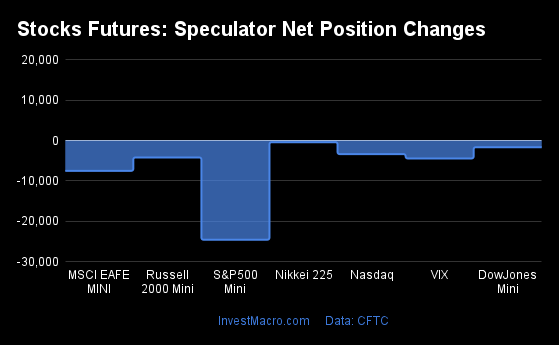

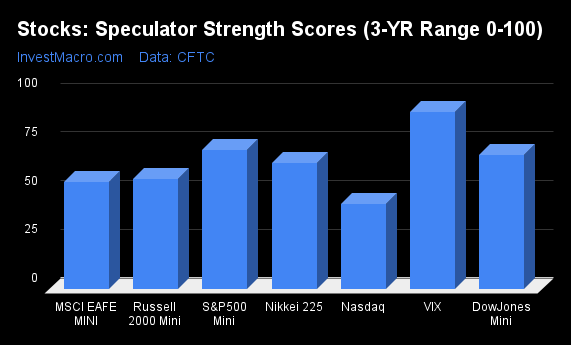
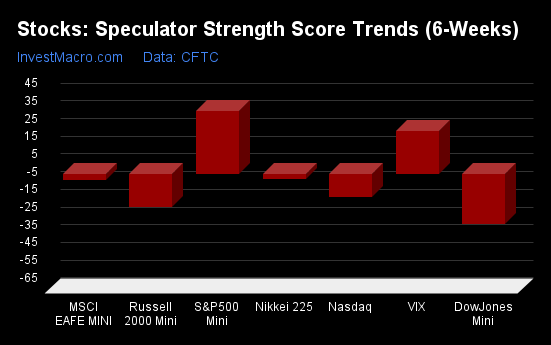
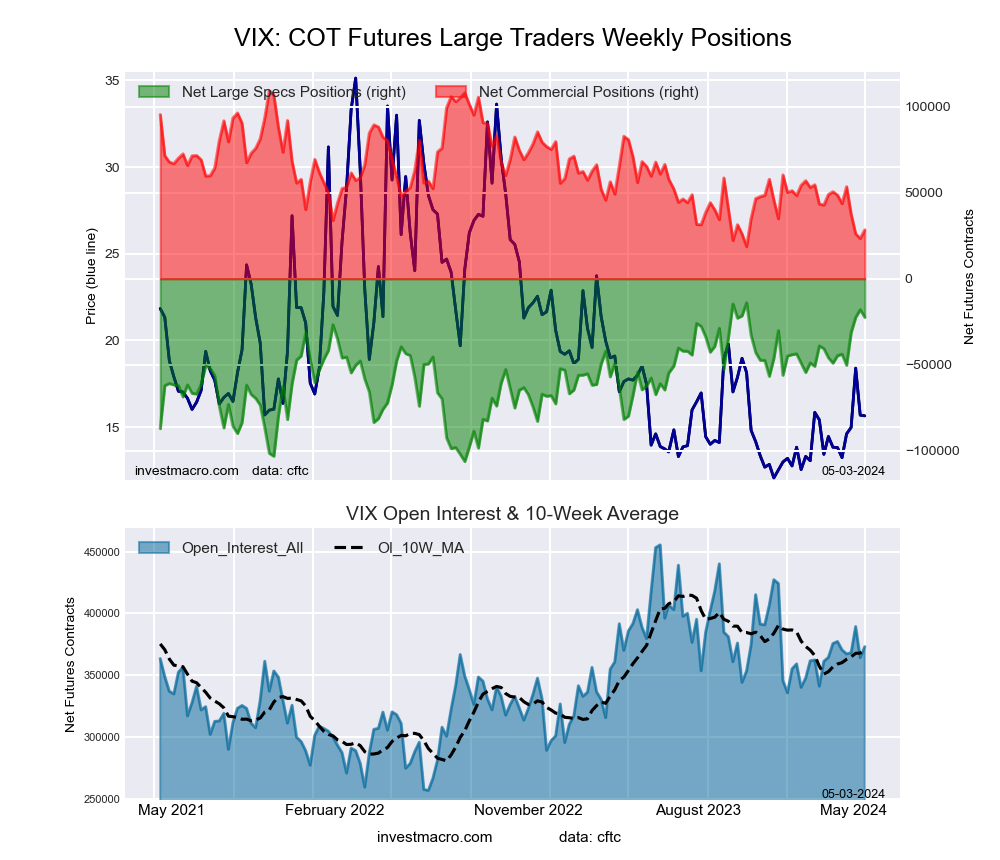
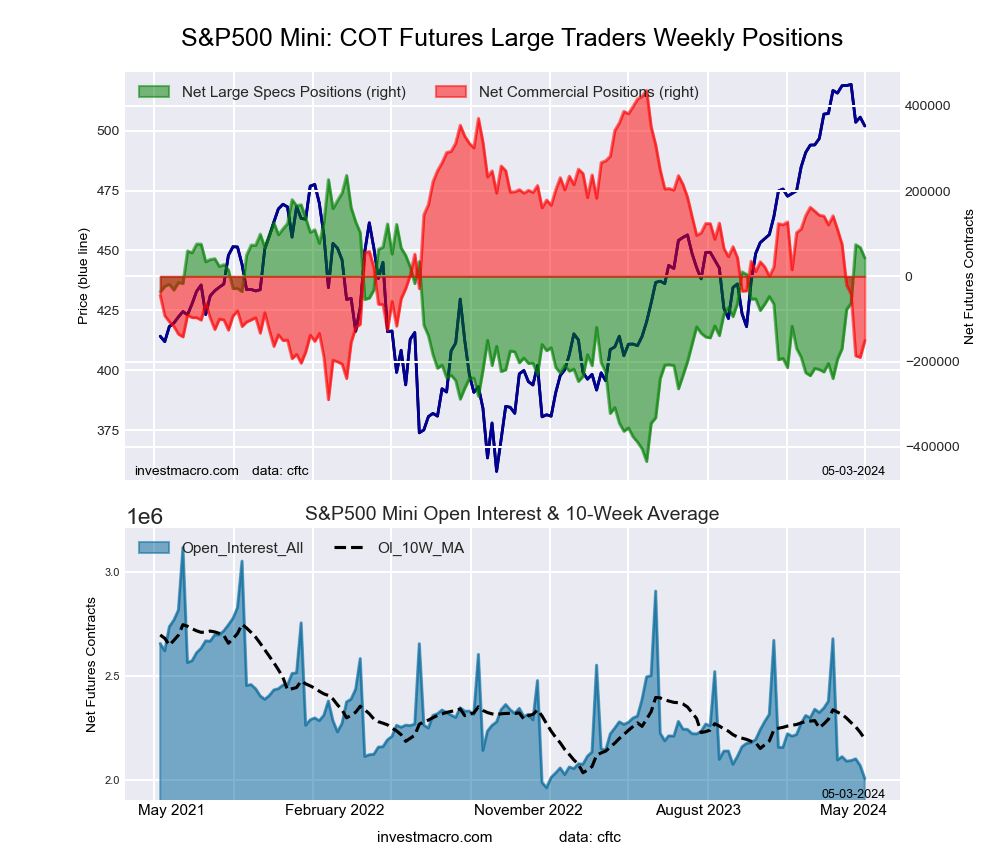
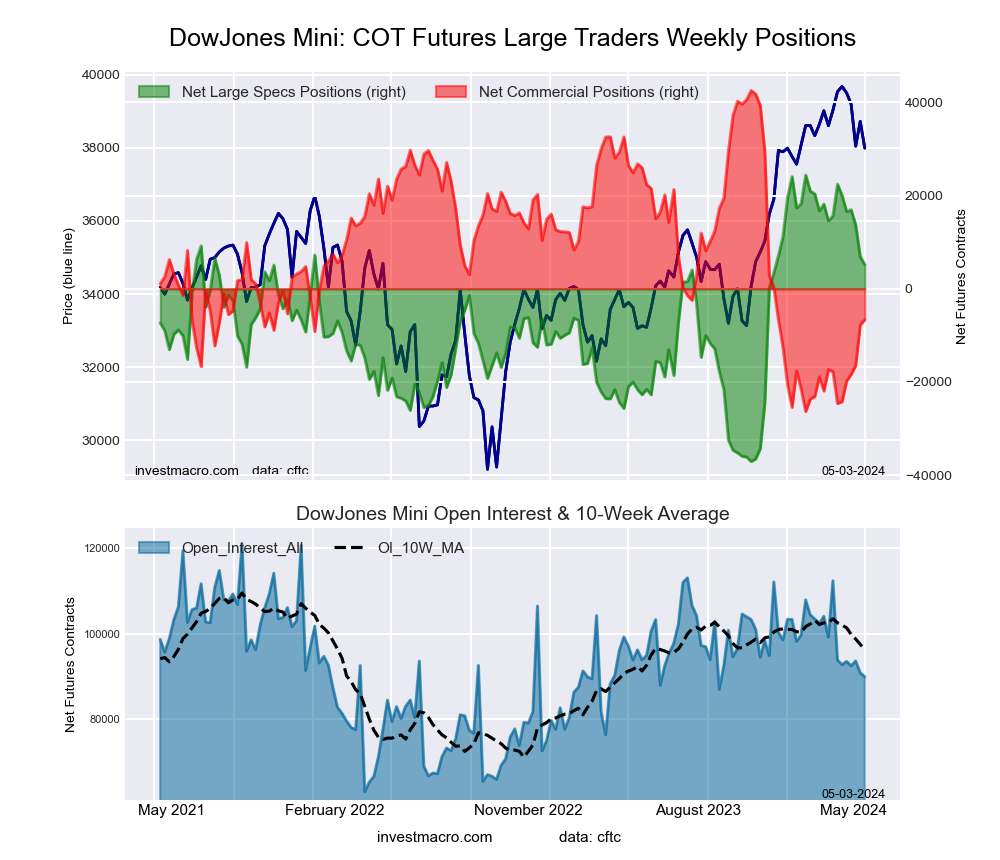
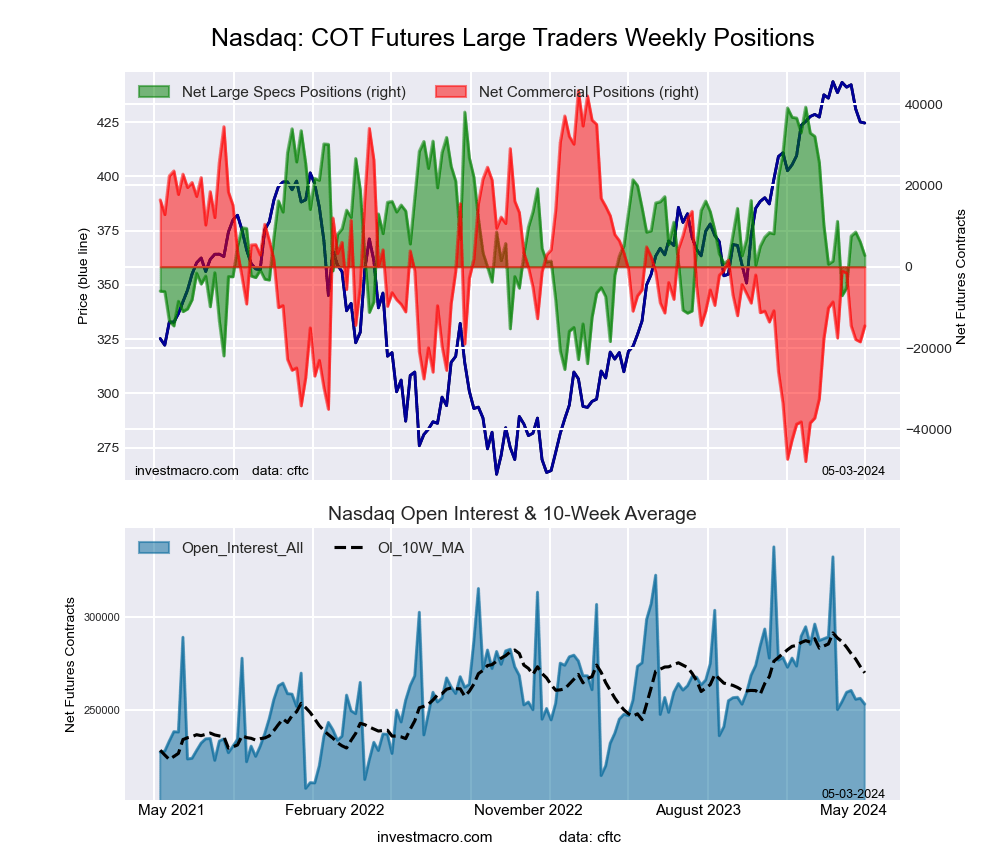
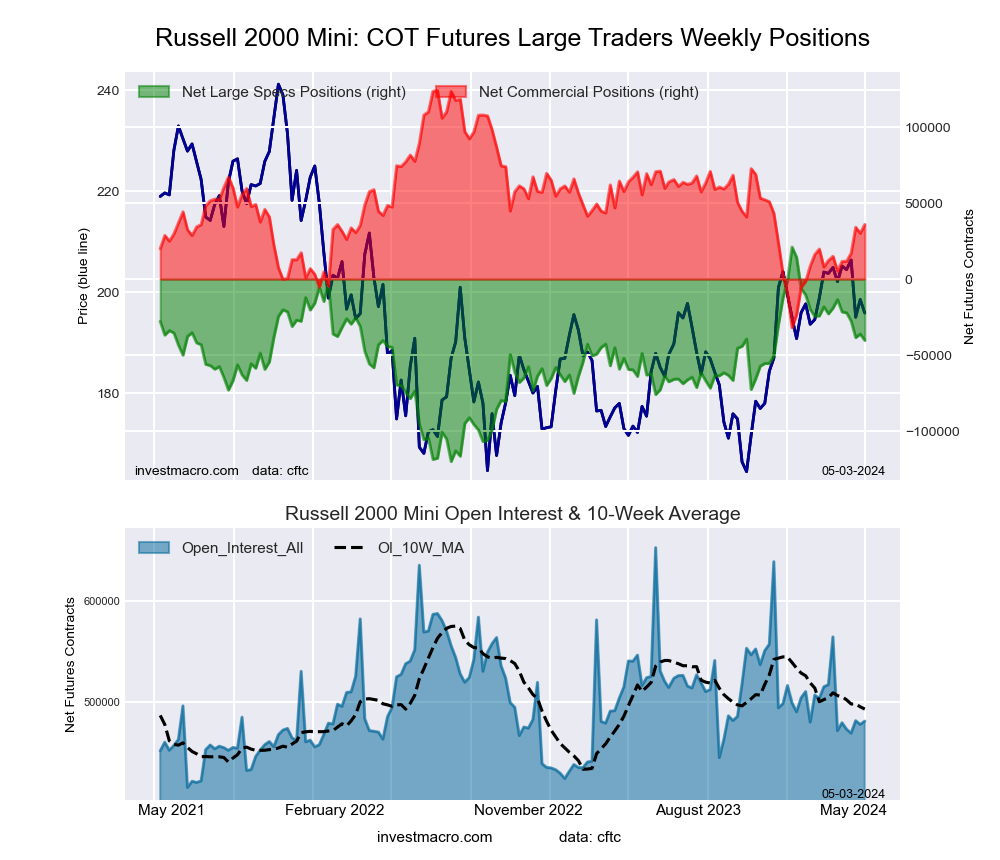
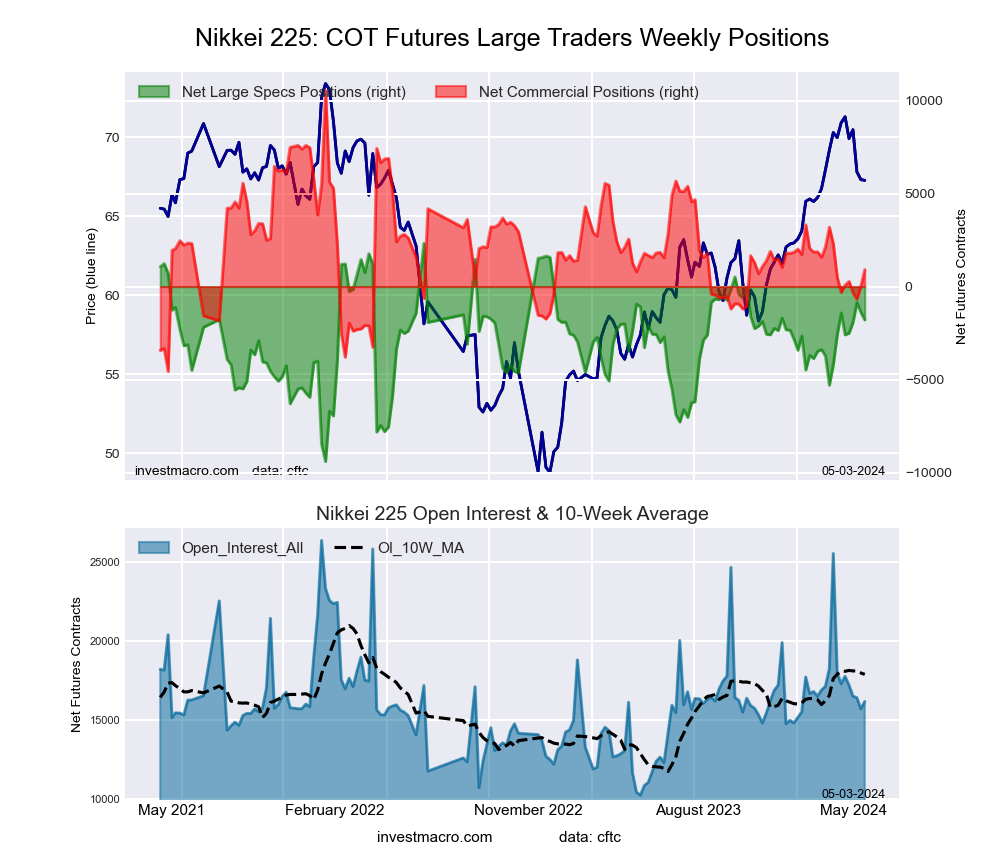
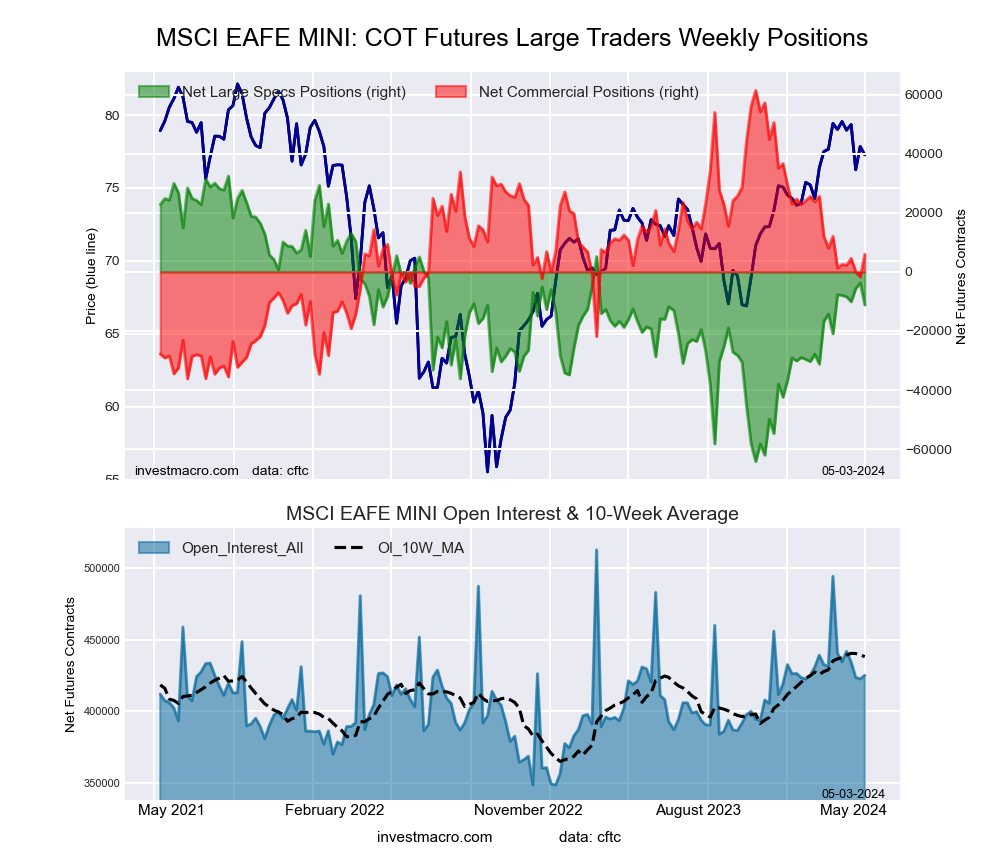



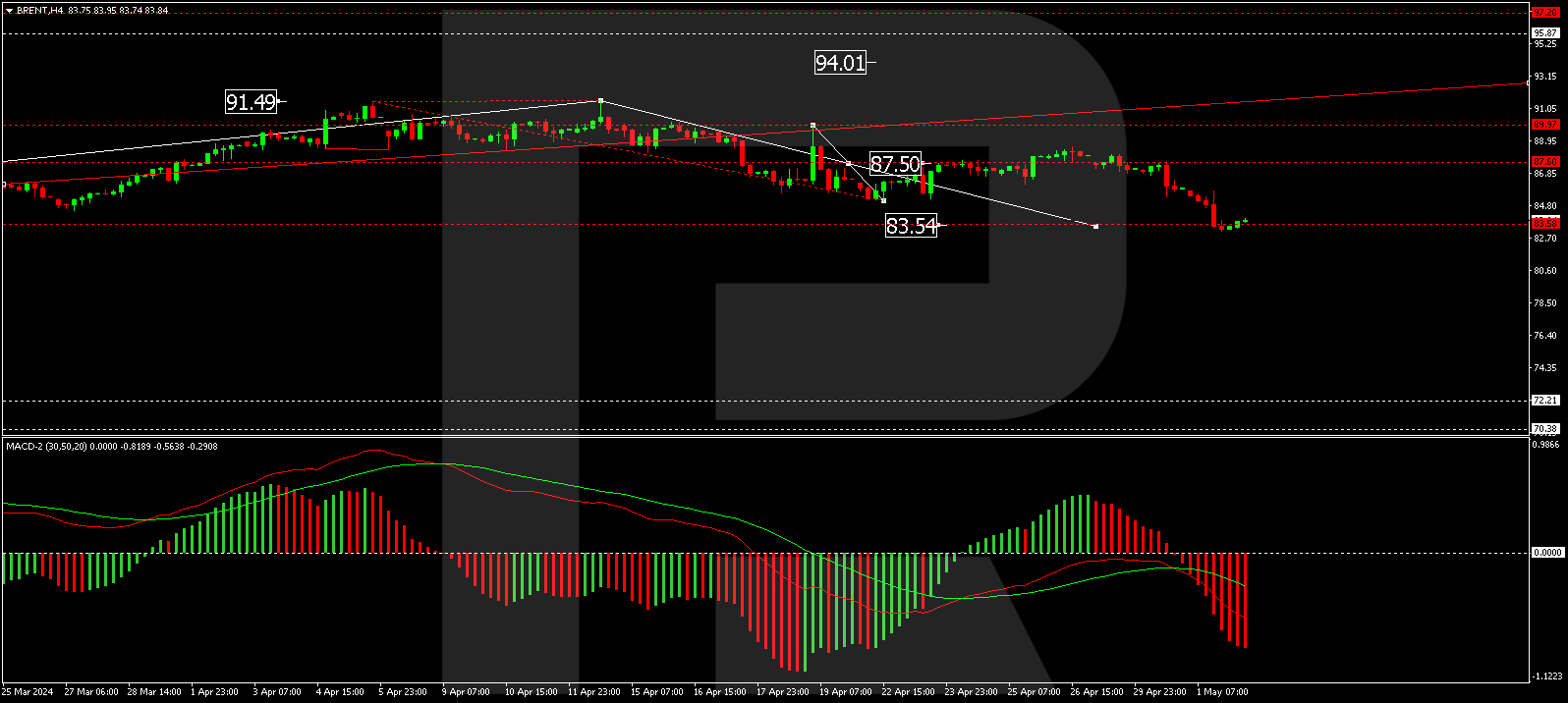
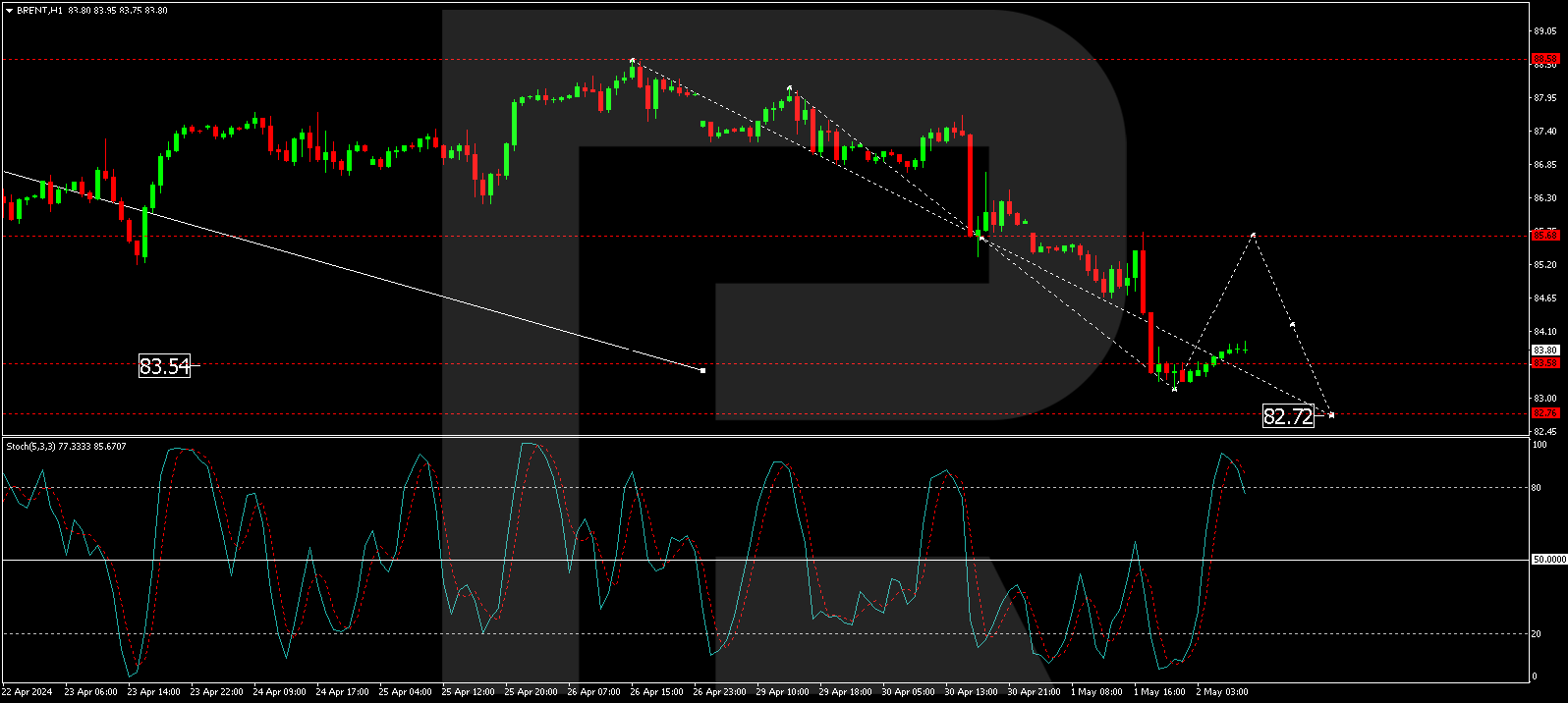




 Article by
Article by 

